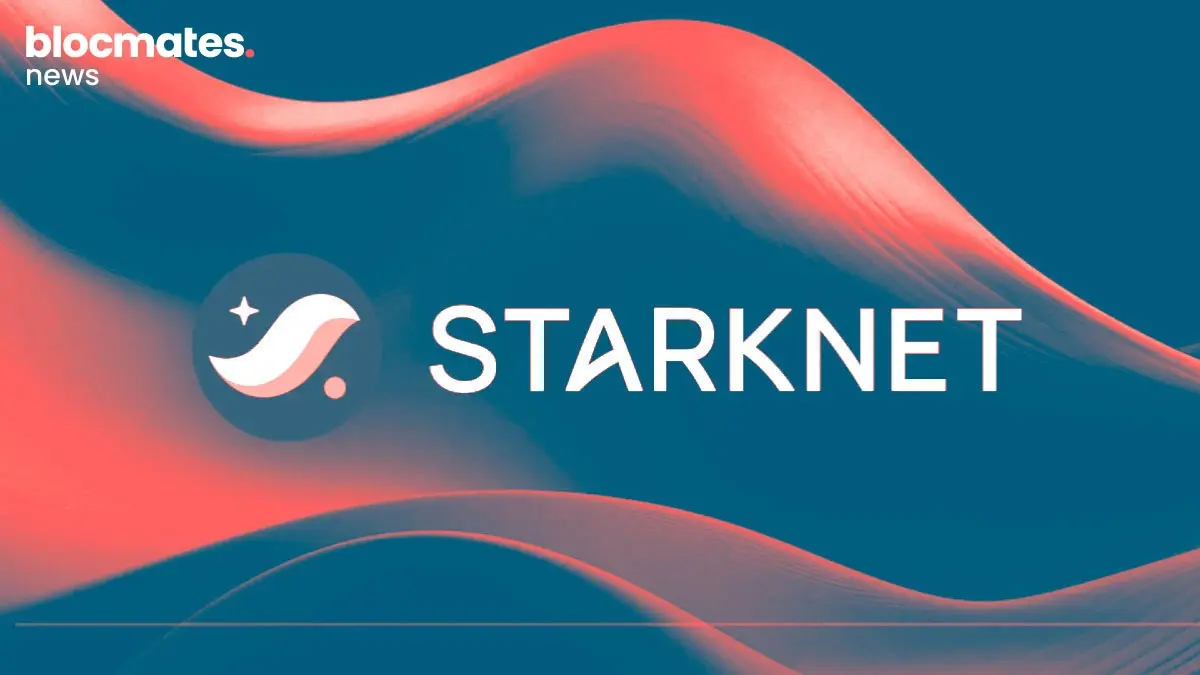Coinbase’s recent rebrand of its wallet into the Base App is already making waves, but it’s not just about UI changes. It also sparked an explosive rally in a little-known token: ZORA.
As the SocialFi conversation heats up, Zora is suddenly in the spotlight, with users, creators, and speculators wondering, does this mark the beginning of something big, or is it just another viral moment that cools off just as quickly?
Zora, Base app, and the on-chain mint frenzy
Zora isn’t new to the Web3 scene, but its recent surge in visibility can be traced back to July 26, when Coinbase rebranded its Wallet into the Base App.
The app, now more social by design, integrates with platforms like Farcaster and Zora, and allows users to post, chat, and mint tokens in just a tap.
That last feature in particular has proven to be rocket fuel for activity on Zora.
According to Dune Analytics, daily token mints on Zora jumped from around 4,000 to 15,000 almost overnight, hitting a high of 38,000 on July 24.
Daily trades climbed from 30,000 to over 150,000, while trading volume shot up from $1 million to over $6 million. ZORA’s price responded accordingly, surging over 400% in a week, from $0.011 to above $0.06, lifting its market cap past $200 million.
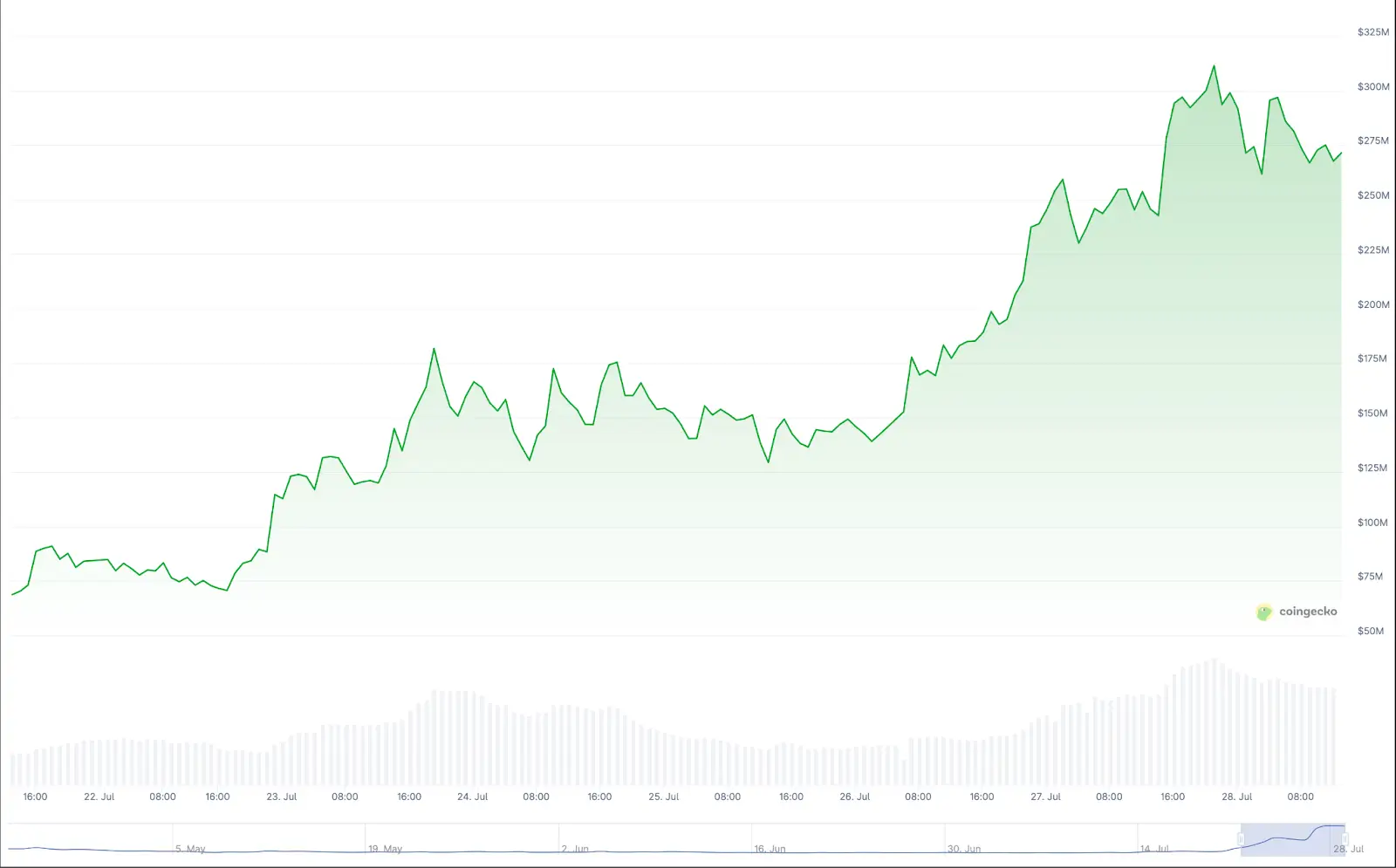
That growth wasn’t limited to charts and tokens. Creator earnings on the platform grew from about $1,000 a day to over $30,000, with 12,000 new creators jumping in.
Zora’s Smart Wallets saw more than 8,000 daily active users during the frenzy.
Zora rewards creators through mint fees and a 1% cut on secondary sales, with some taking home $100+ per month, though averages vary widely.
Riding the socialFi wave or building the new creator economy?
Zora, built using the OP Stack and operating on Ethereum as a Layer 2 solution, positions itself as a decentralized alternative to traditional content platforms. It’s part social network, part NFT marketplace.
Any post, images, videos, memes, even text, can be minted and traded as either NFTs or ERC-20 “creator coins.” The goal? To give creators control and monetization opportunities without middlemen.
Still, not everyone’s convinced this is the next Instagram-meets-OpenSea.
On X, some users drew comparisons to LaunchCoin, which saw an early spike and eventual fade. “We know what happens next,” wrote one user.
Another pointed out the math: with more creators joining, average earnings per user could shrink fast unless demand scales at the same pace.
But there’s nuance here. Zora isn’t just about fast flips. Its ecosystem now links creator coins with ZORA, aiming to build a circular economy.
As one user noted, the platform’s infrastructure and Coinbase’s reach in the U.S. give it a real shot at scaling, if adoption sticks. “It’s a great speculative bet here with long-term risks,” one post concluded, “just don’t ape blindly.”
The bullish camp sees early movement in creator coins as just the beginning, while skeptics remain cautious. For now, Zora’s numbers speak for themselves.
Whether it sustains this growth or joins the long list of Web3 hype cycles will depend on one thing: can it convince creators and communities to keep showing up when the frenzy fades?




.webp)




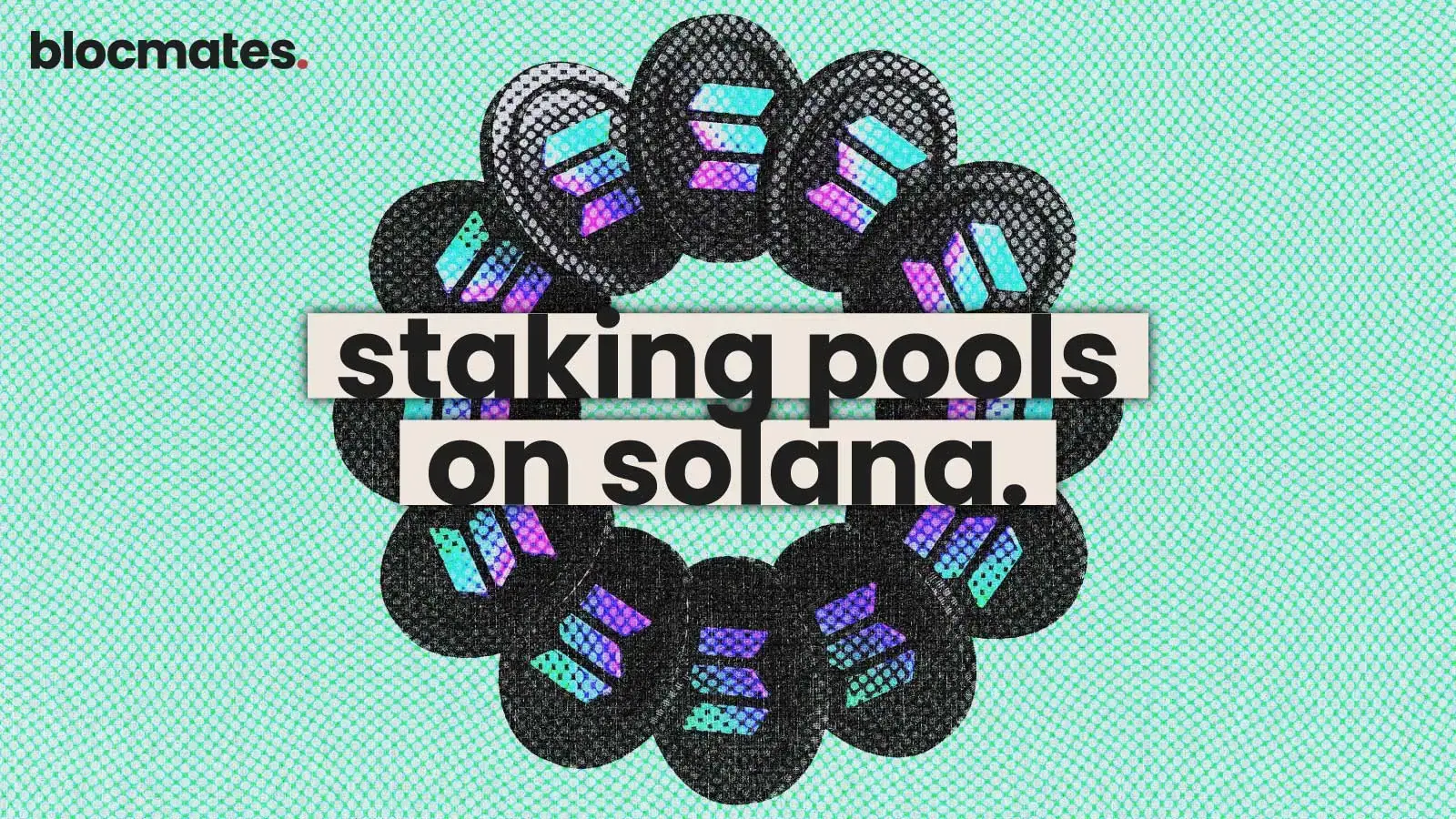

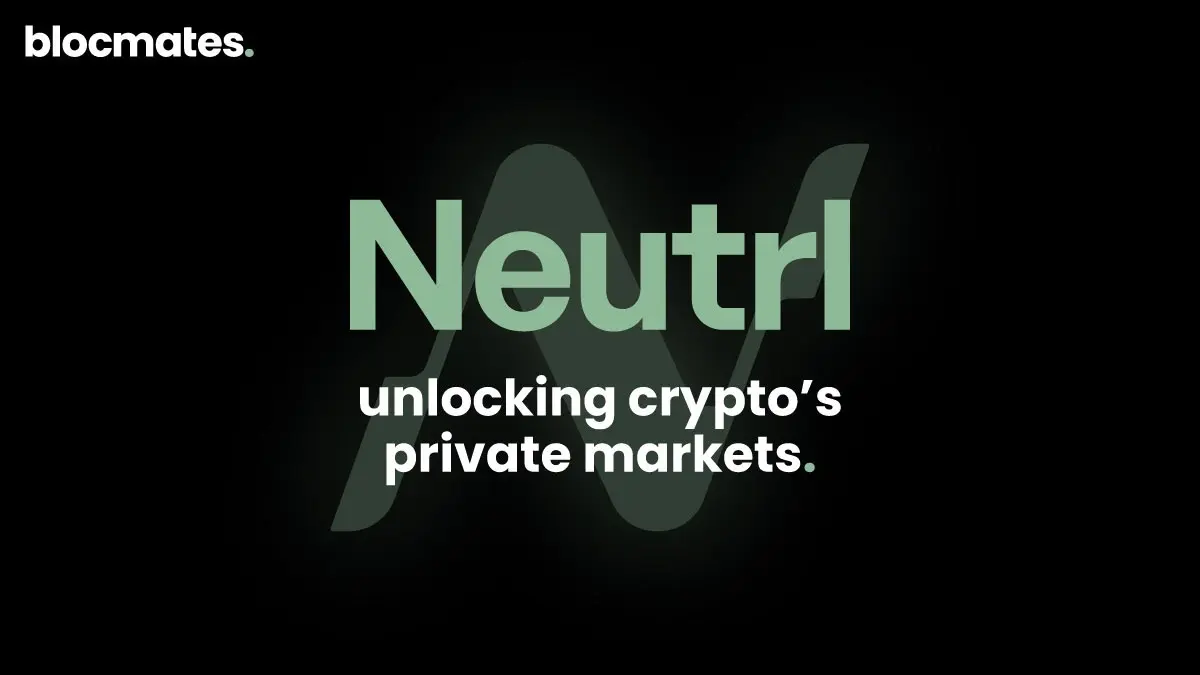


.webp)
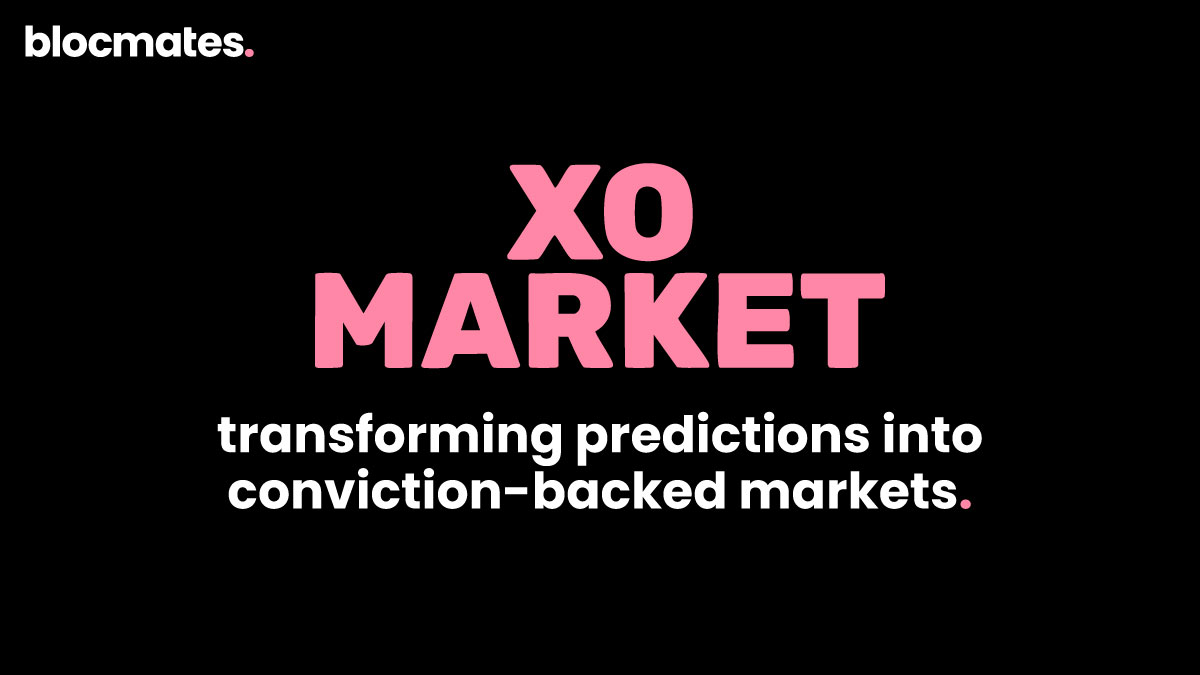
.webp)
.webp)

%20(1).webp)
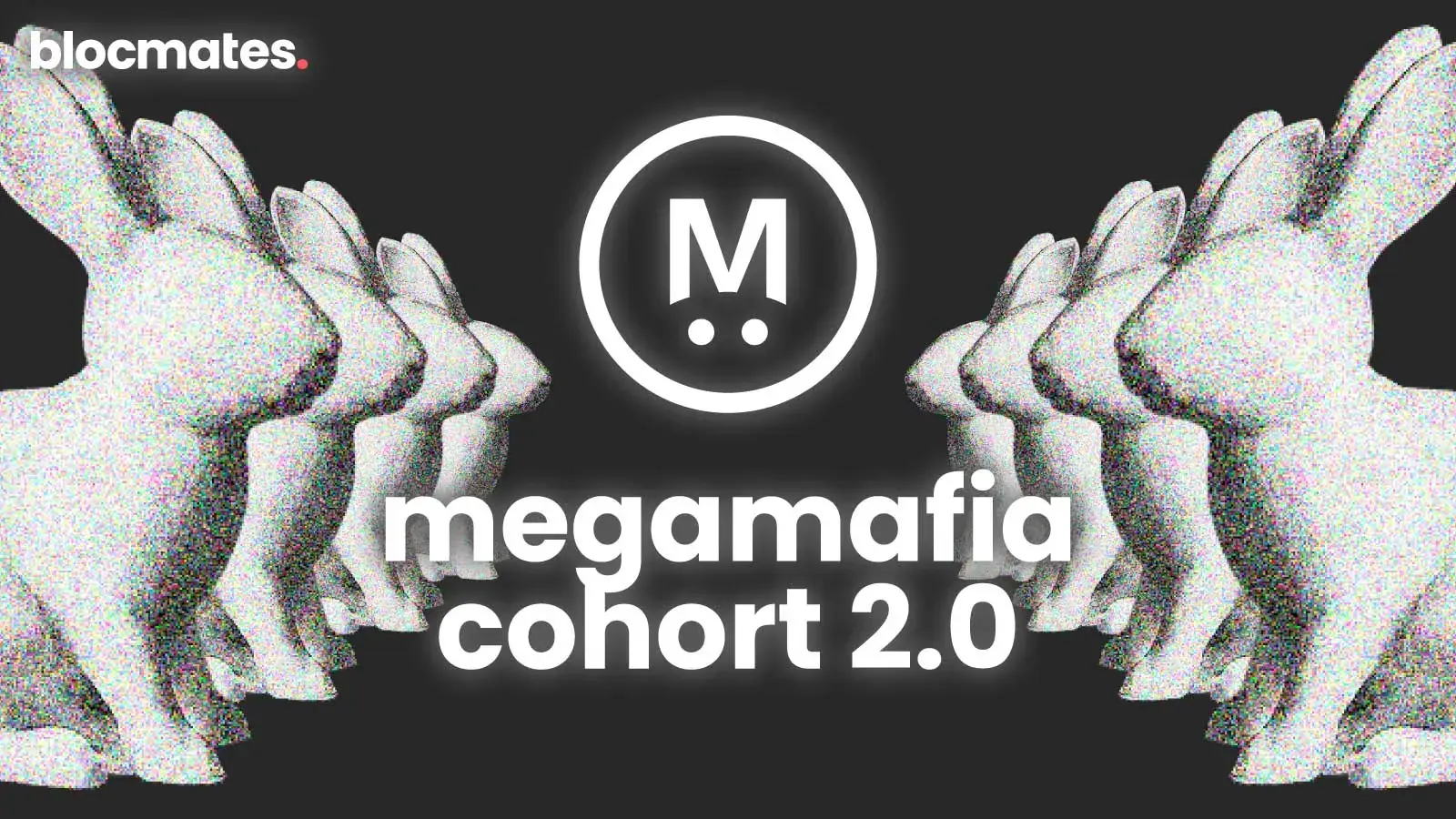
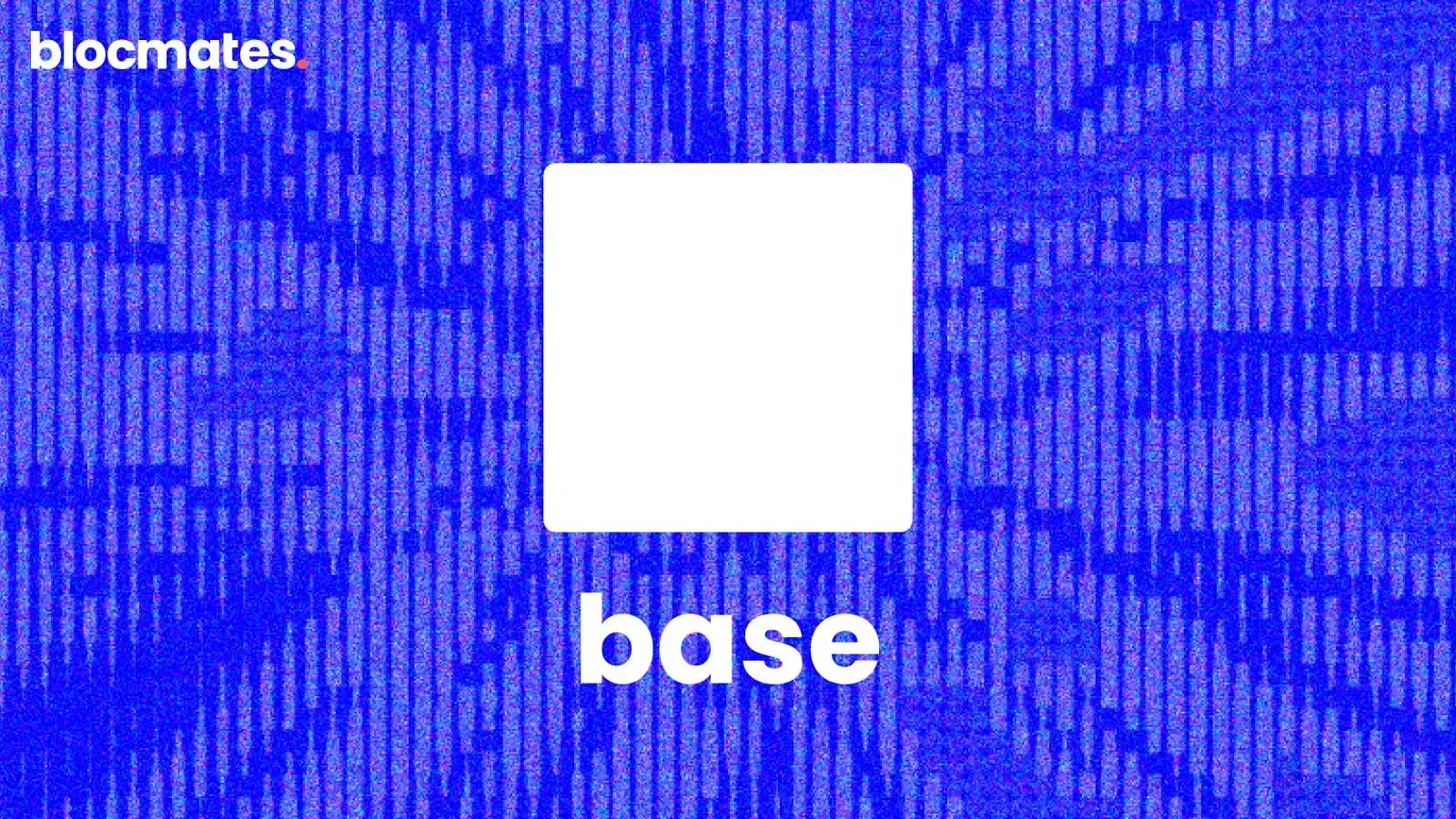
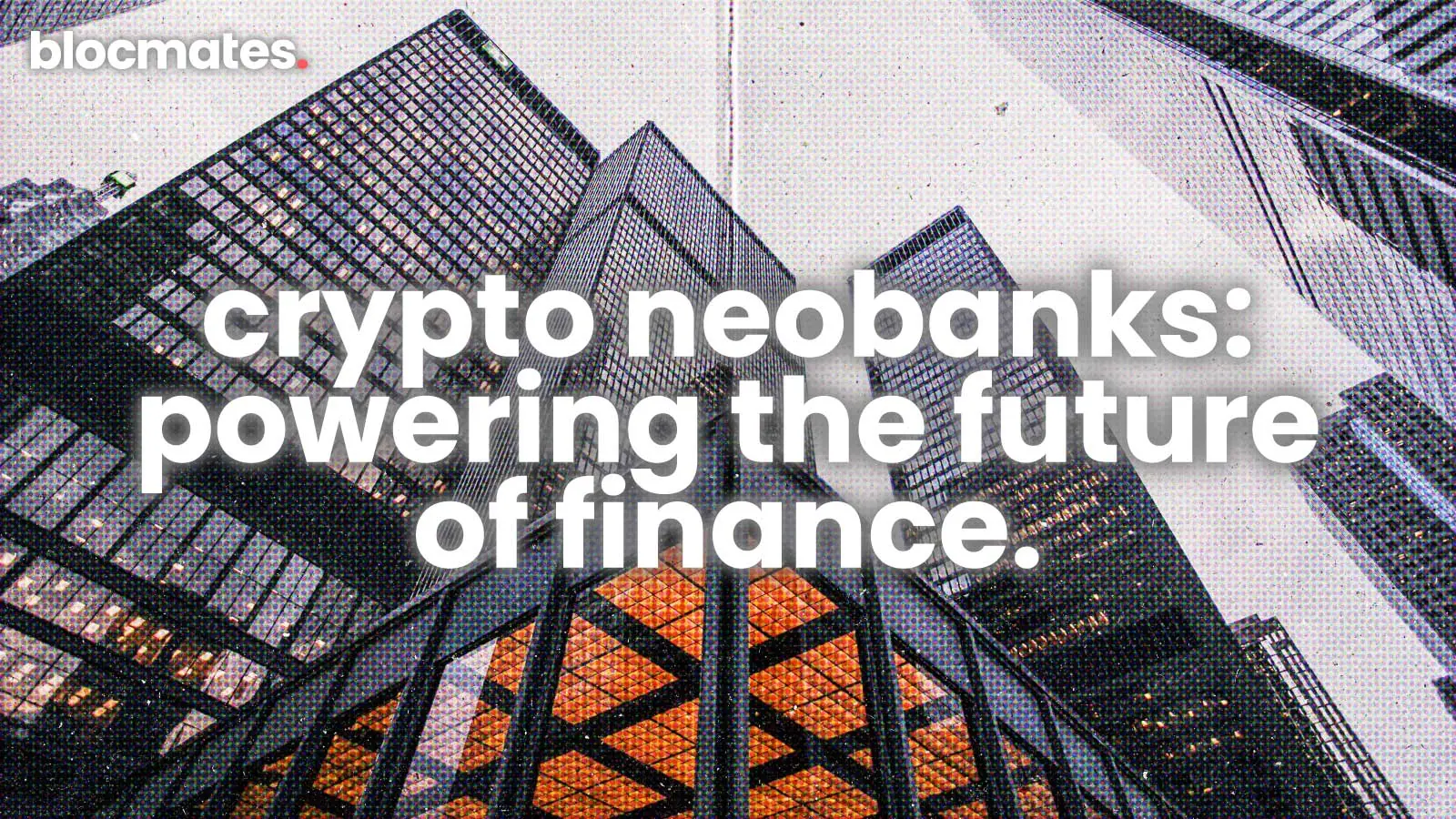


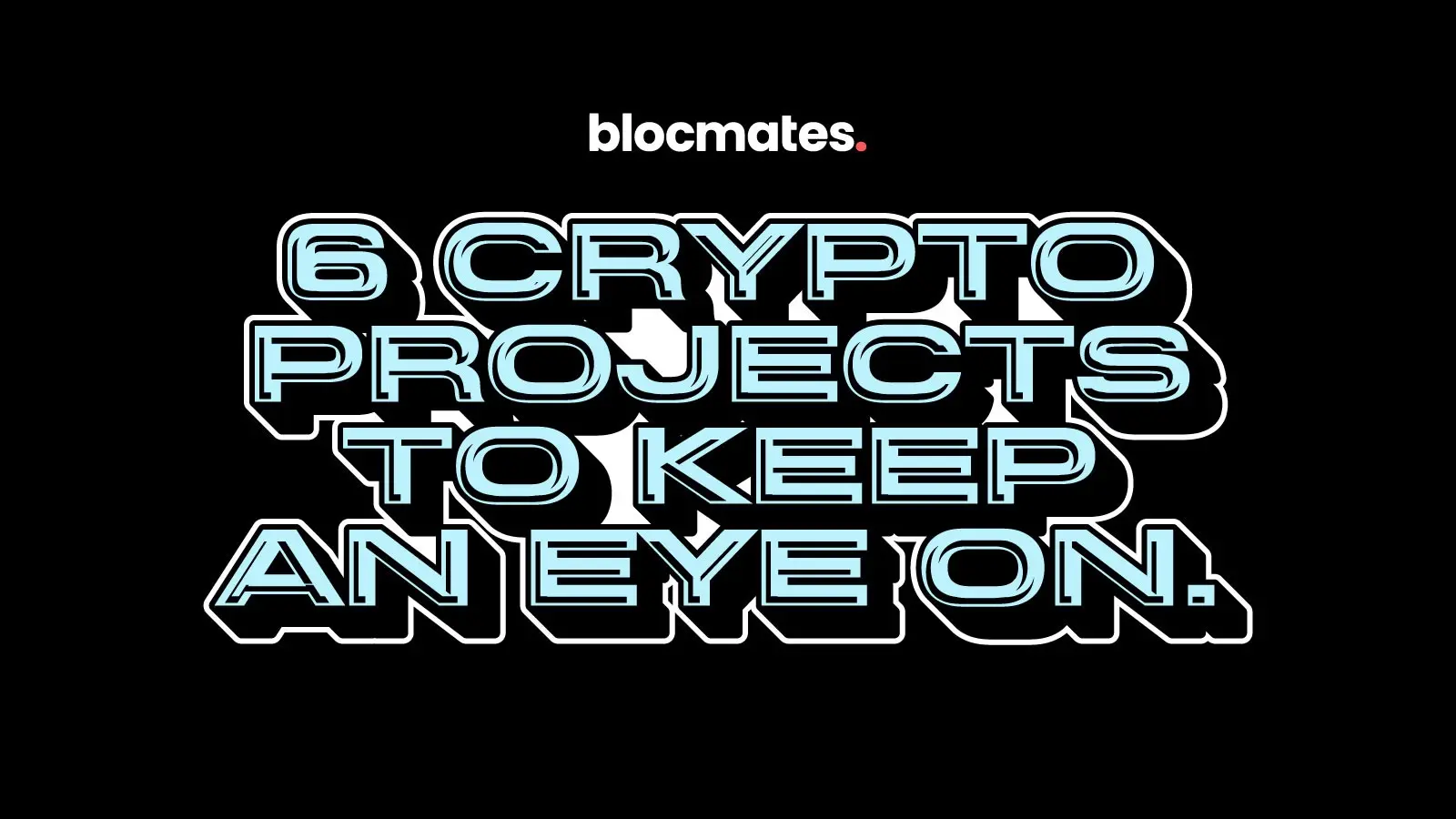
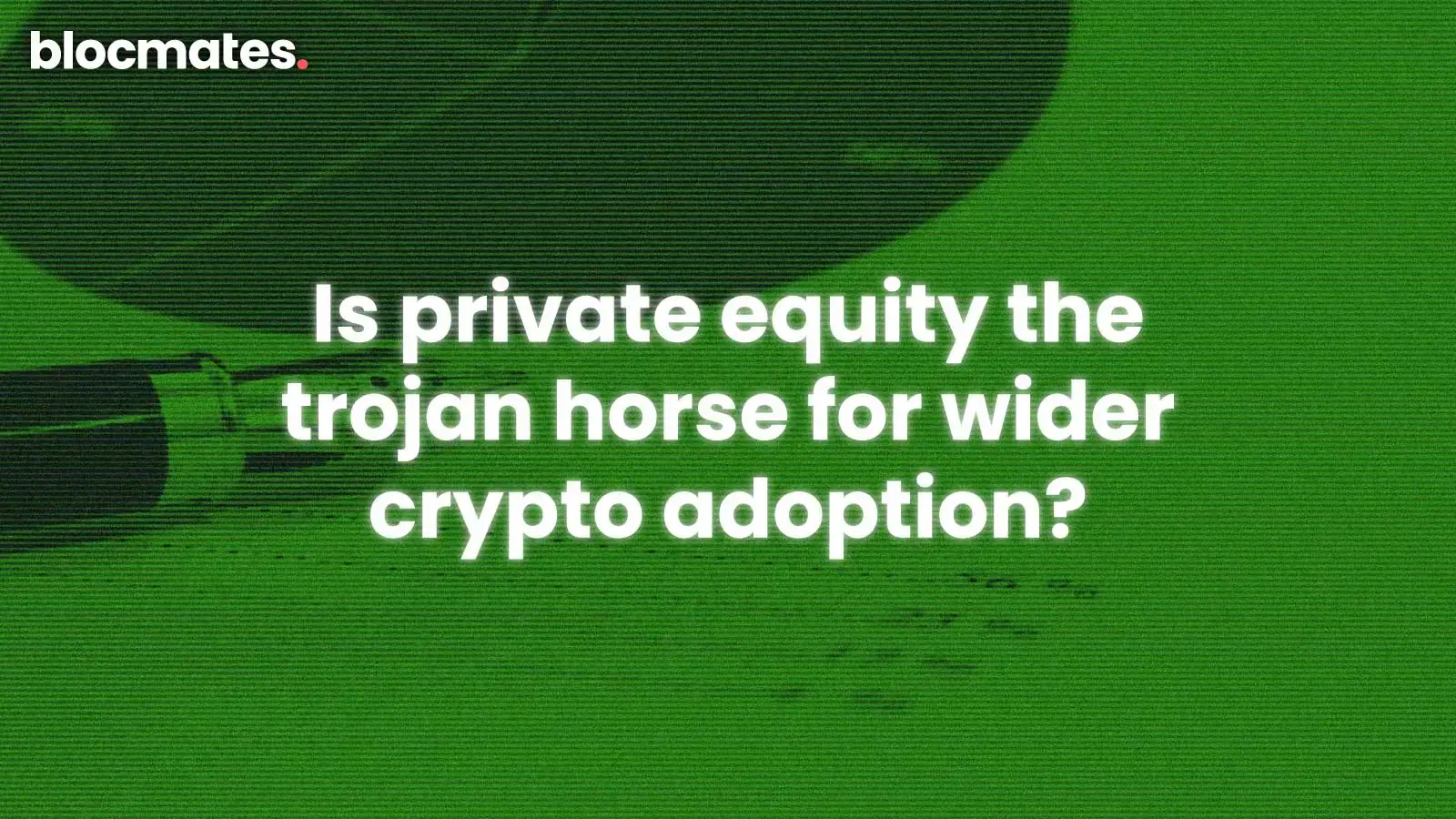
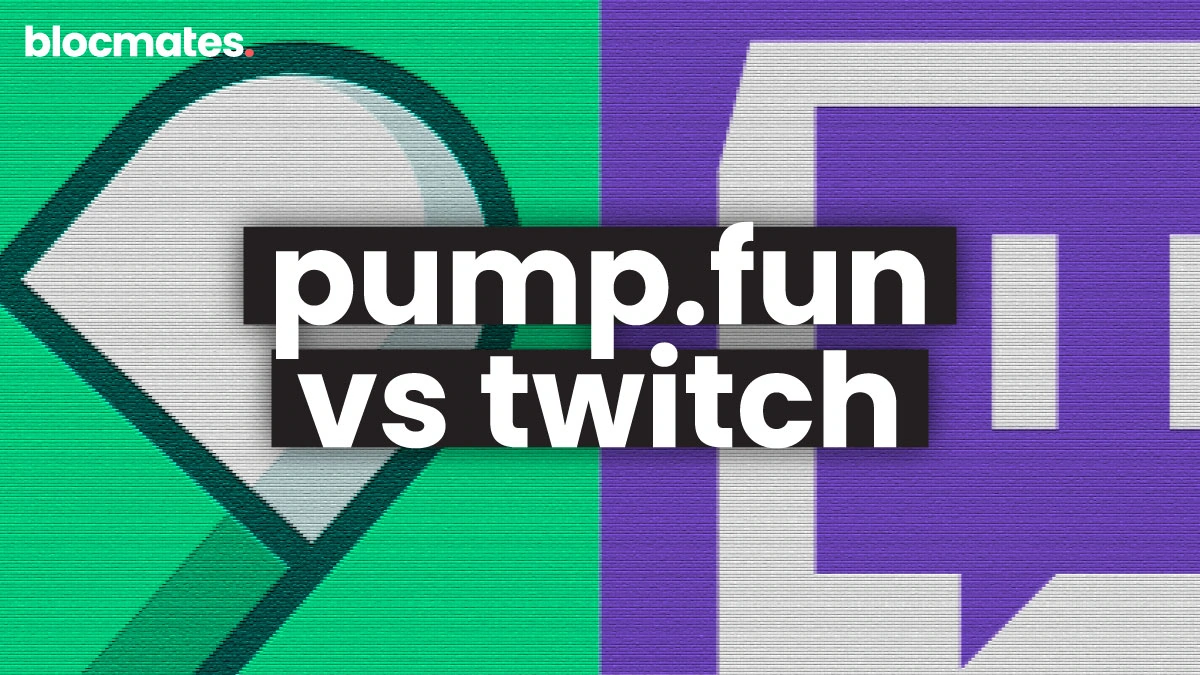


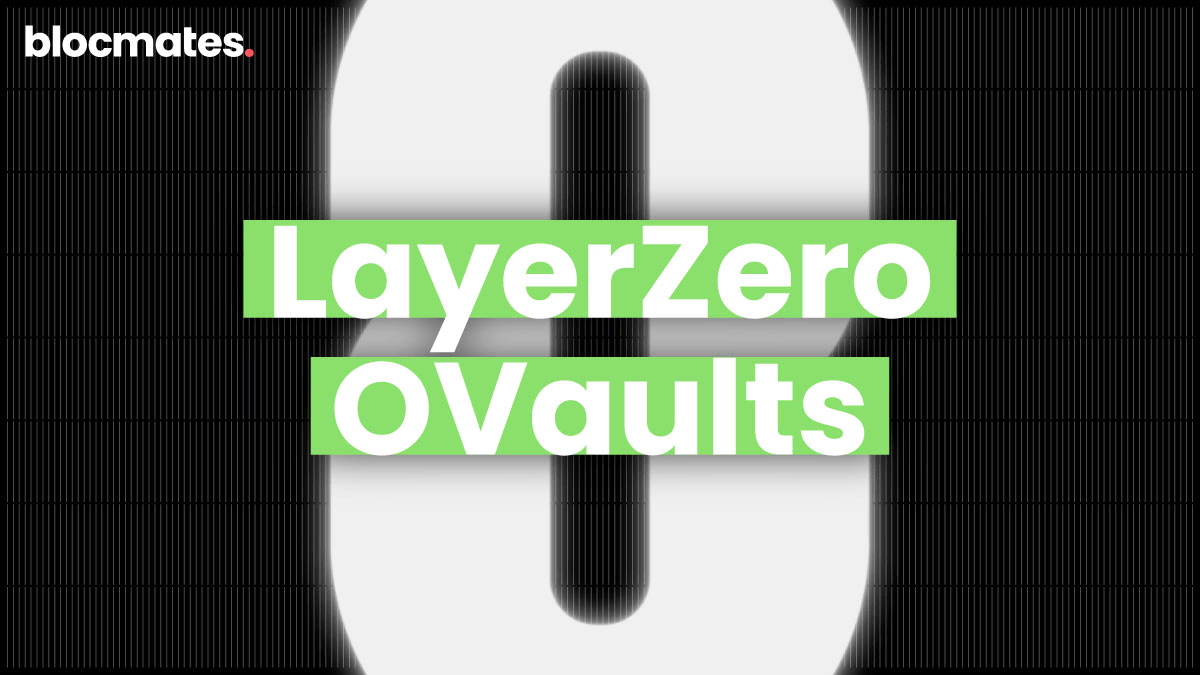

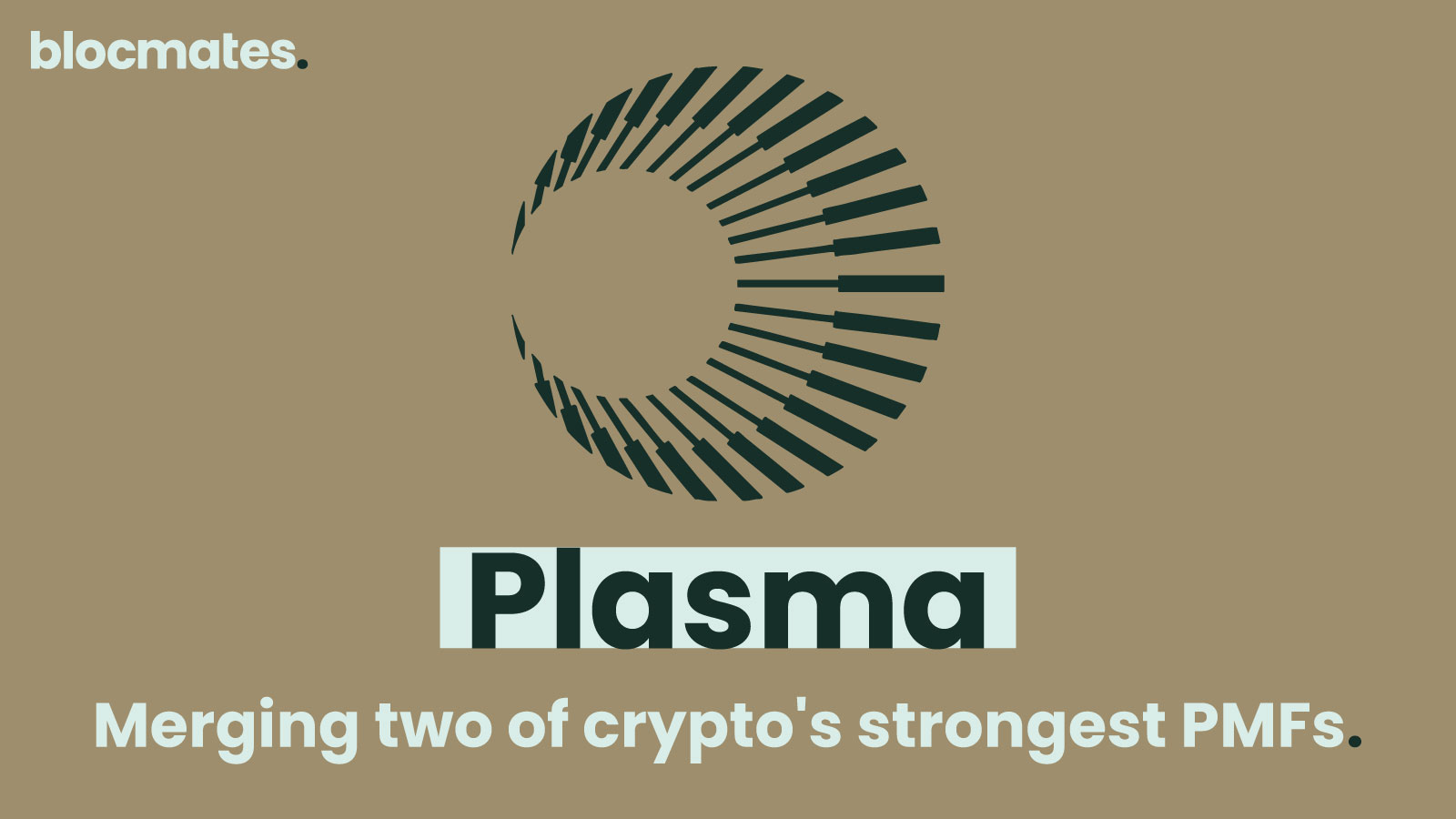

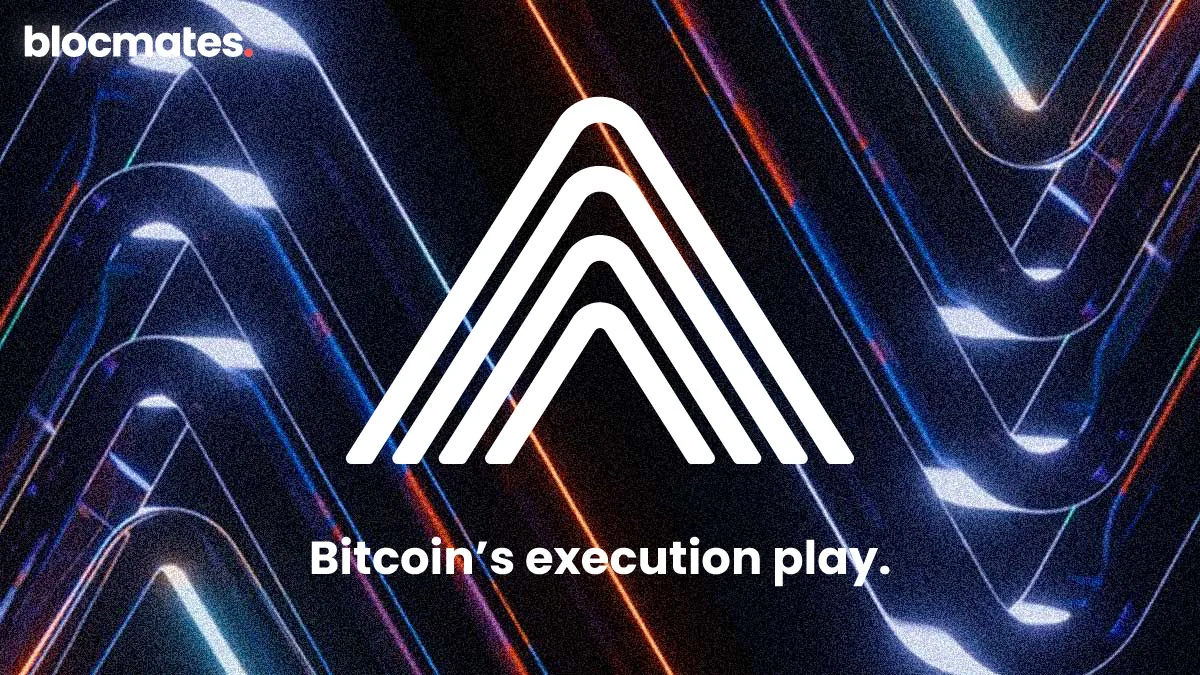

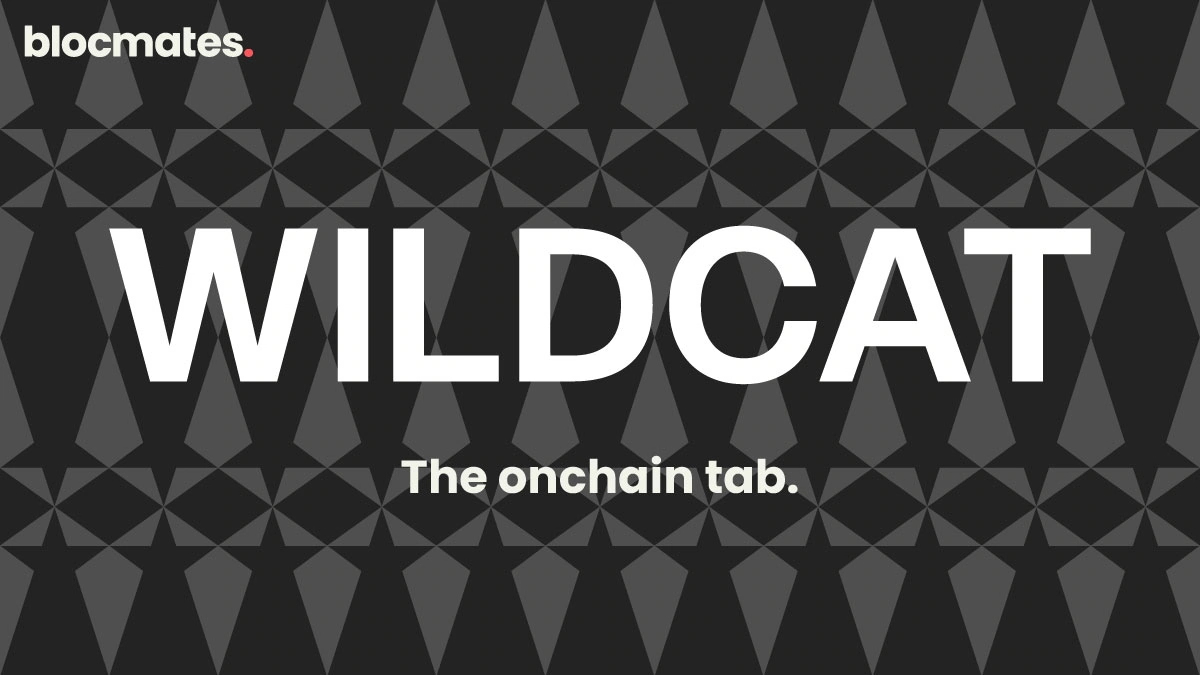
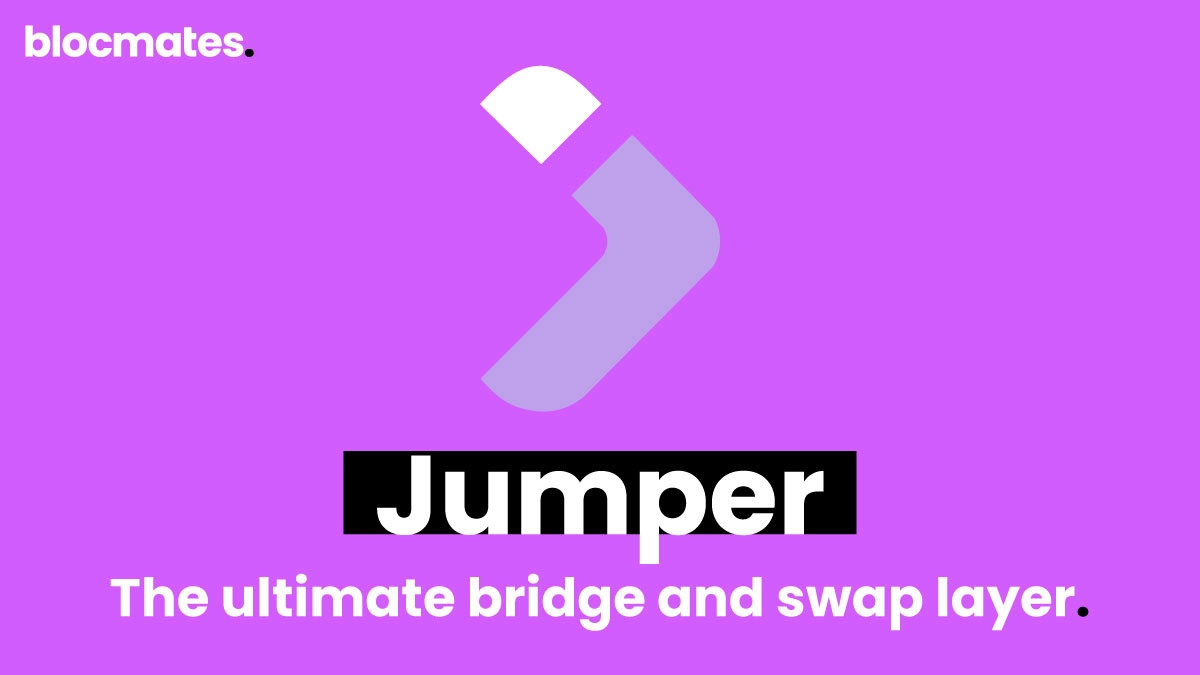
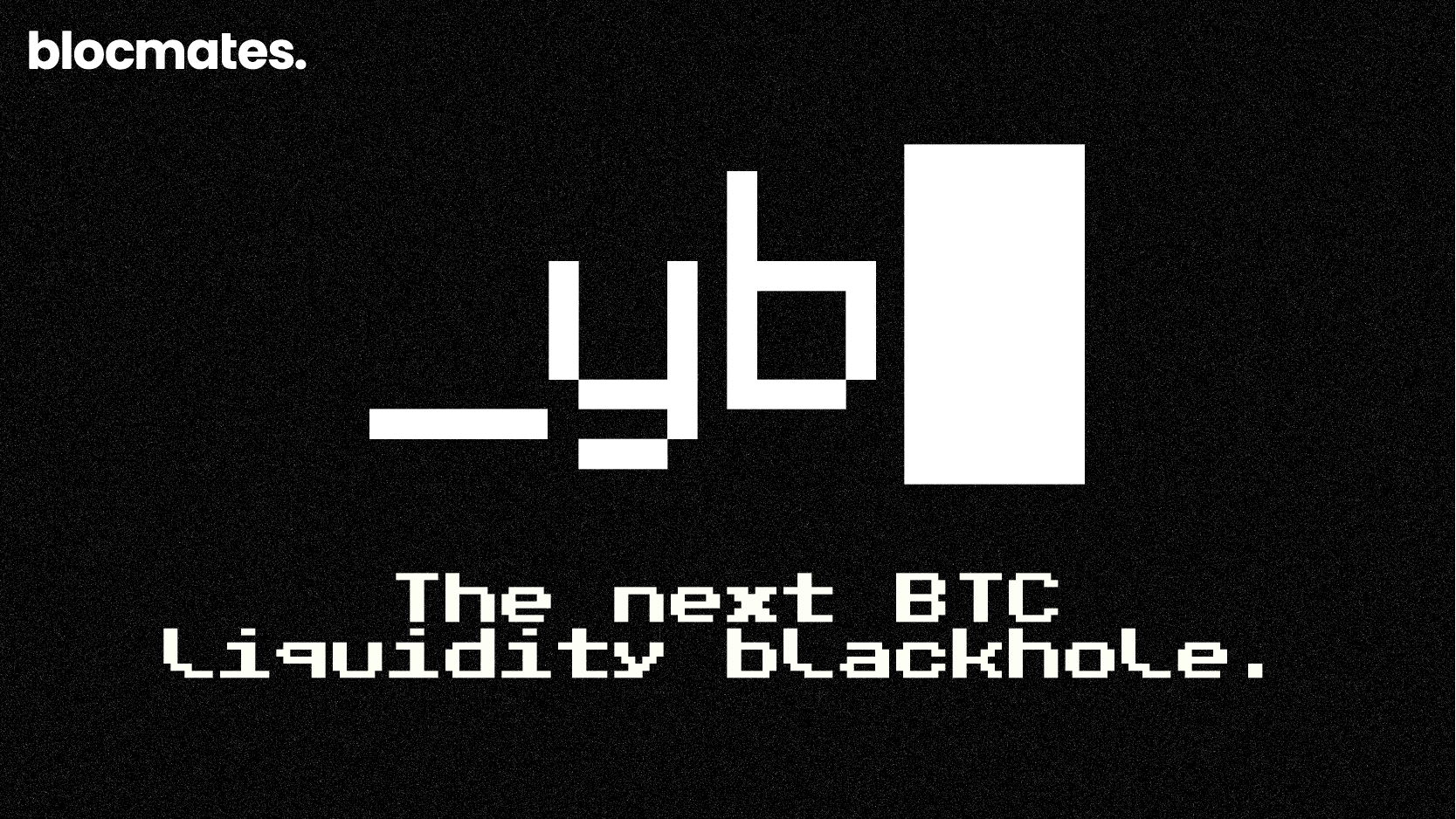
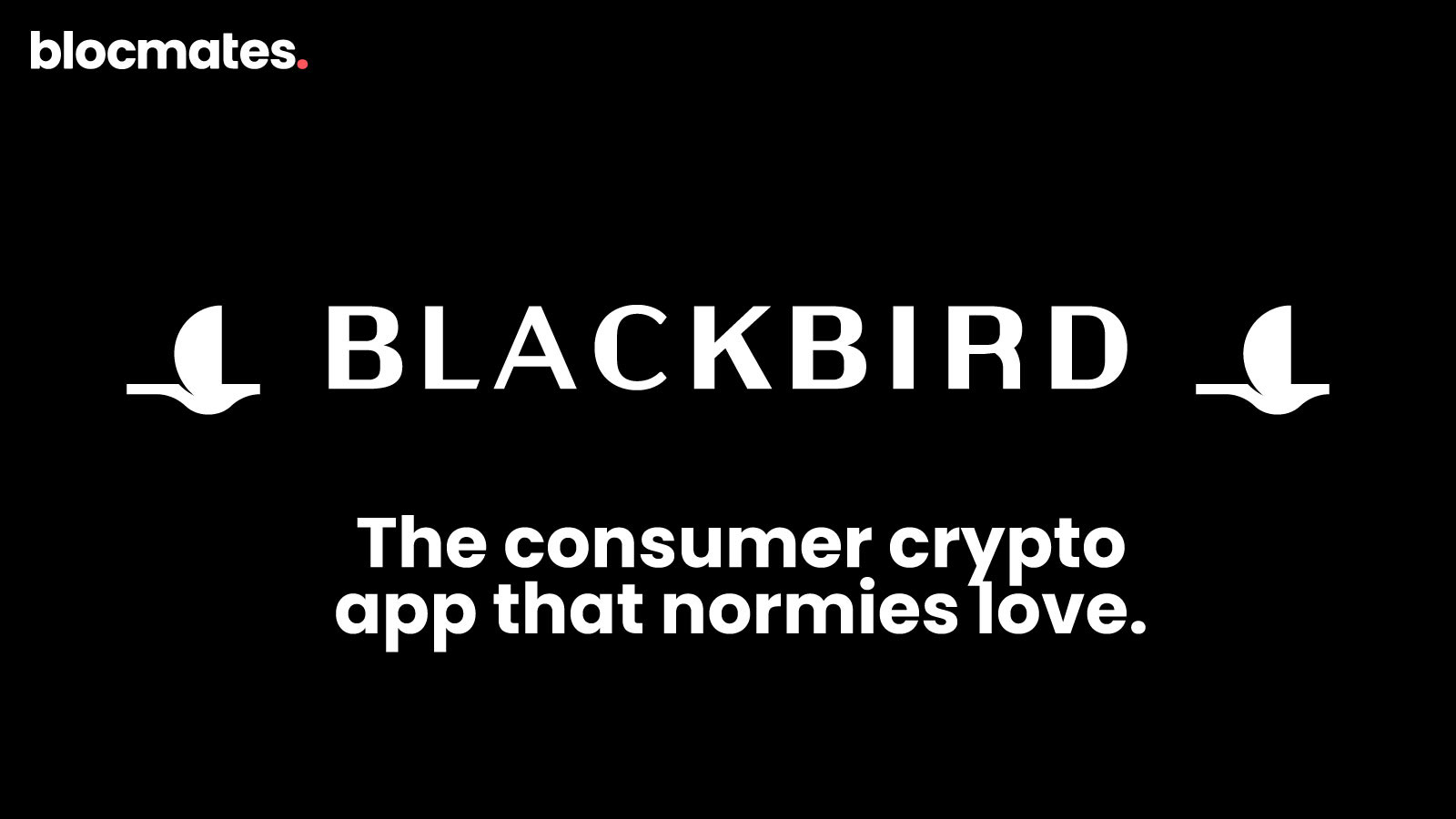
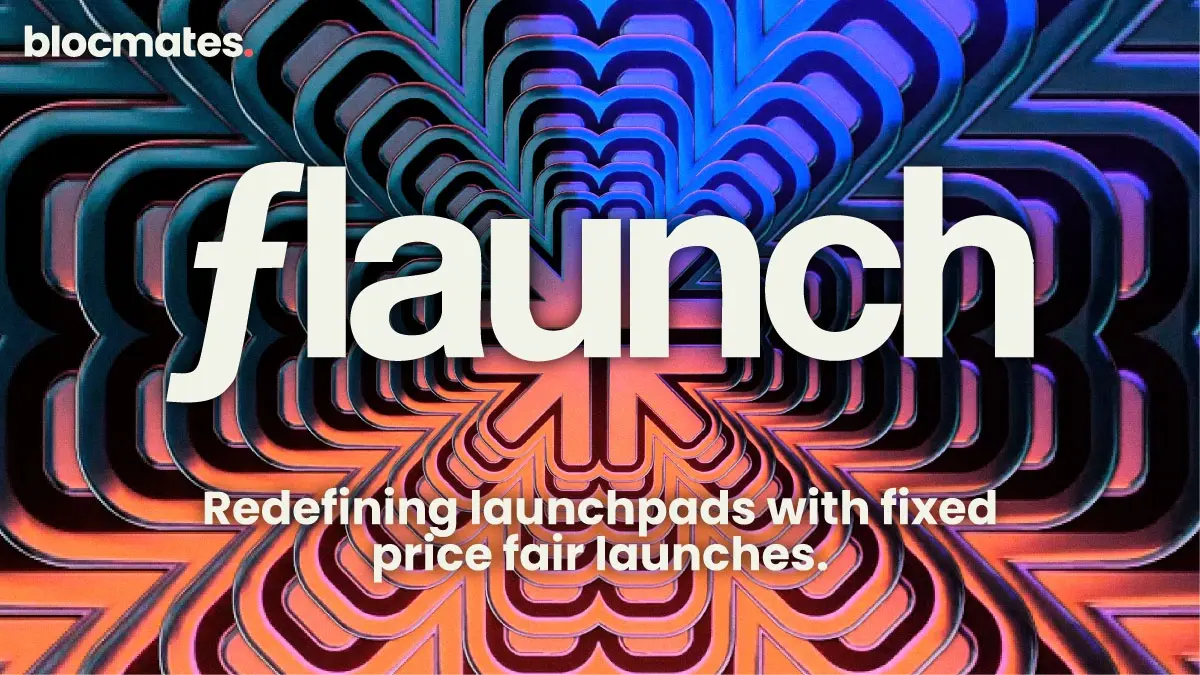

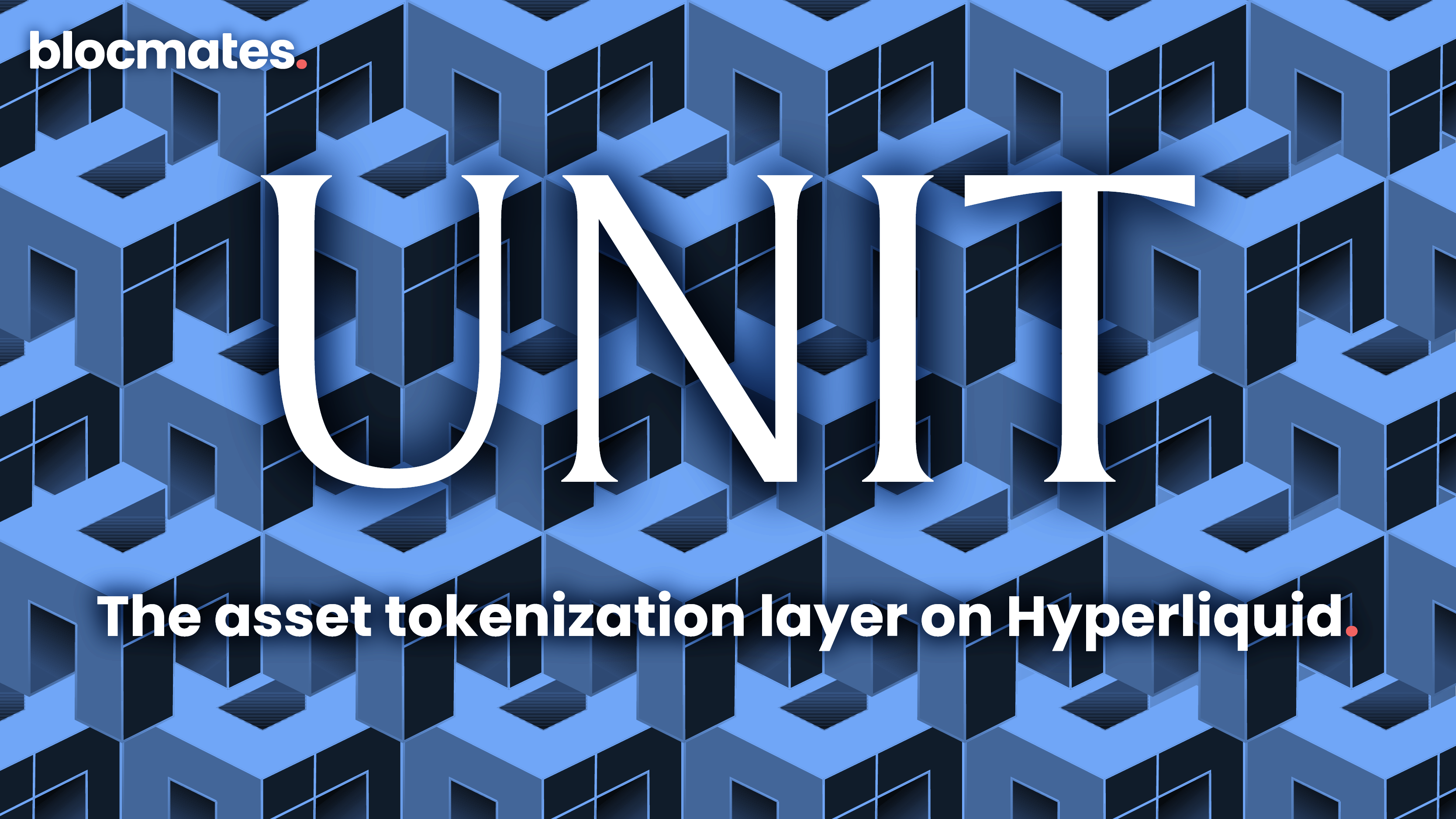
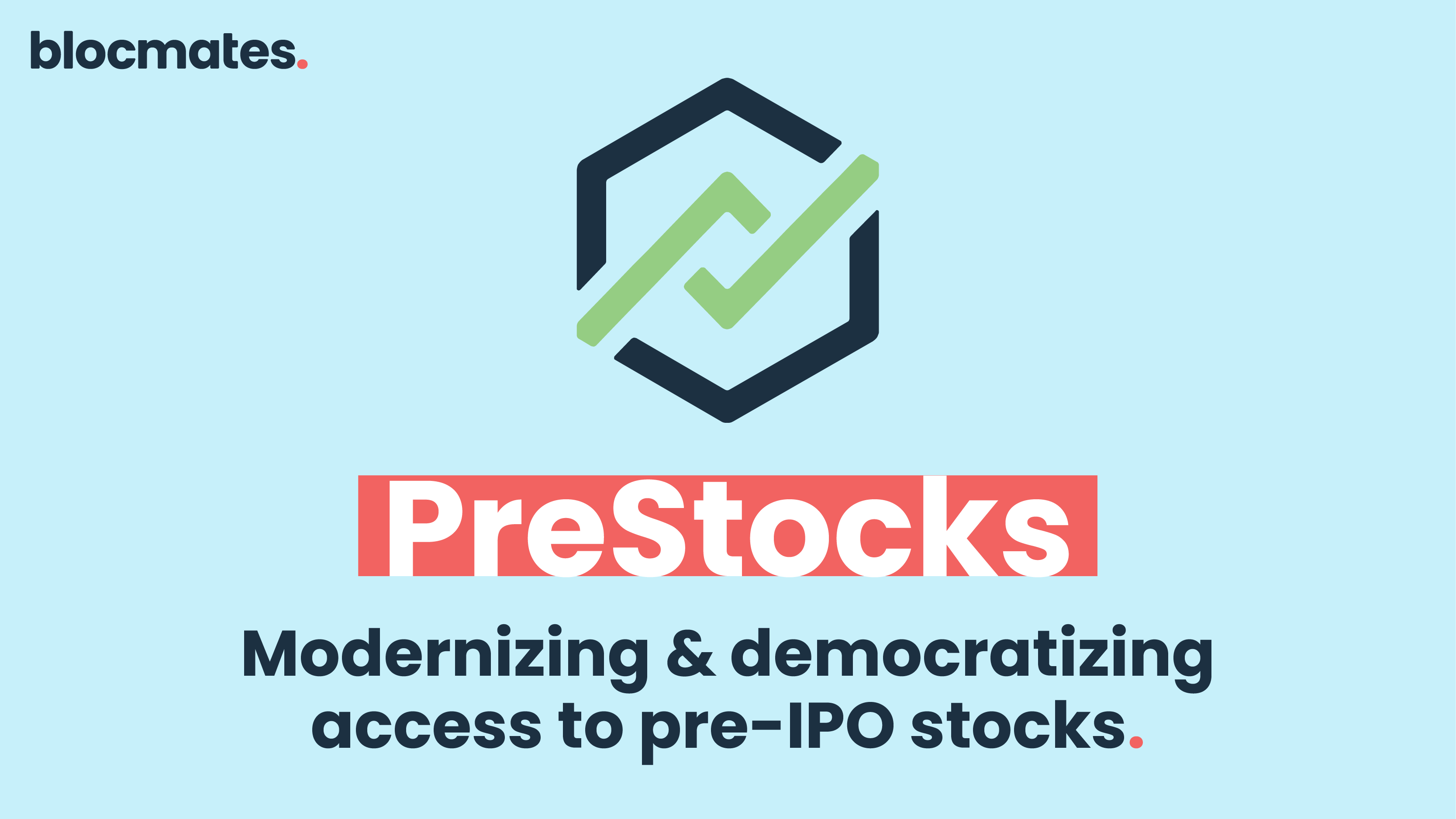

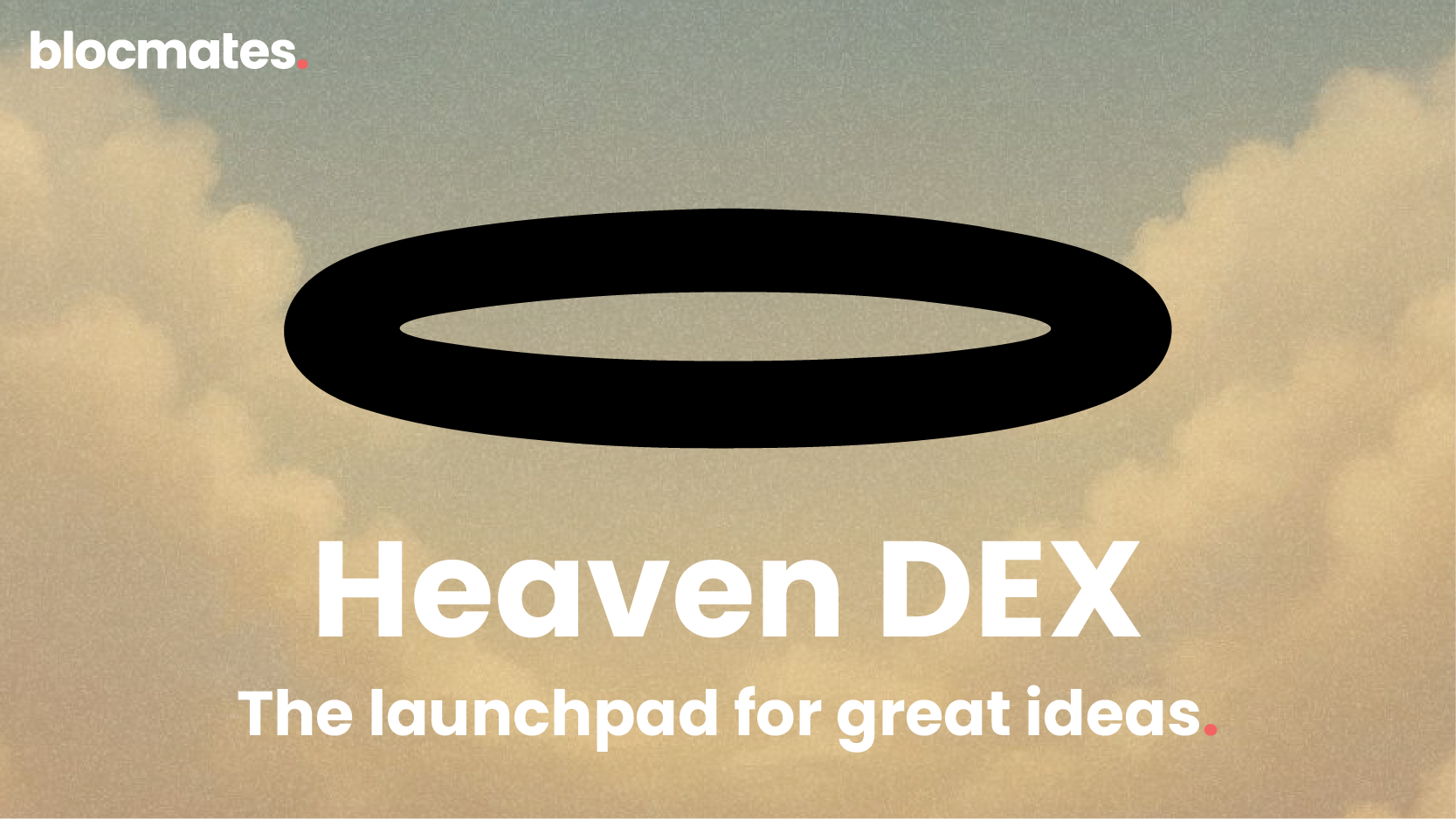
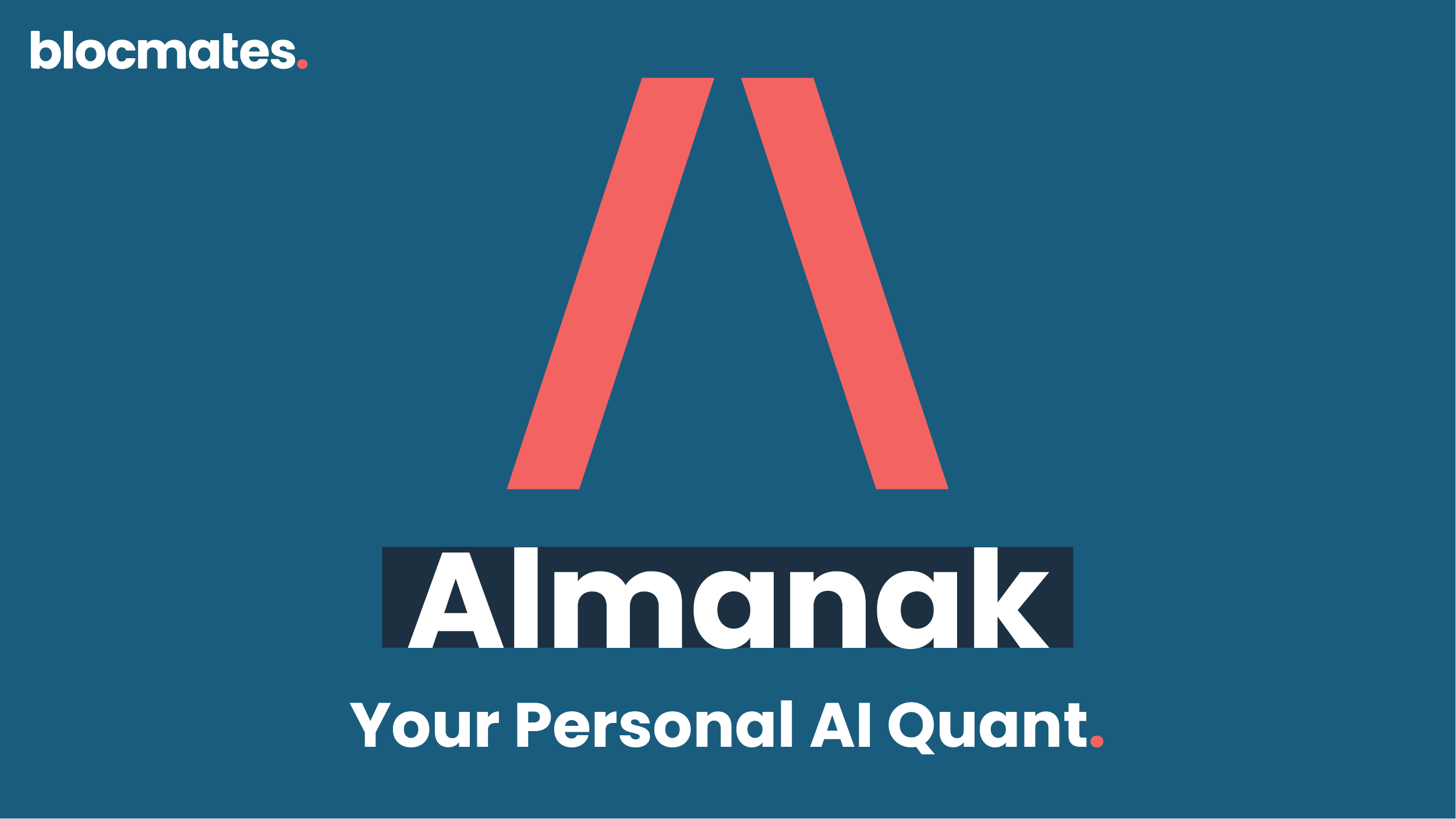

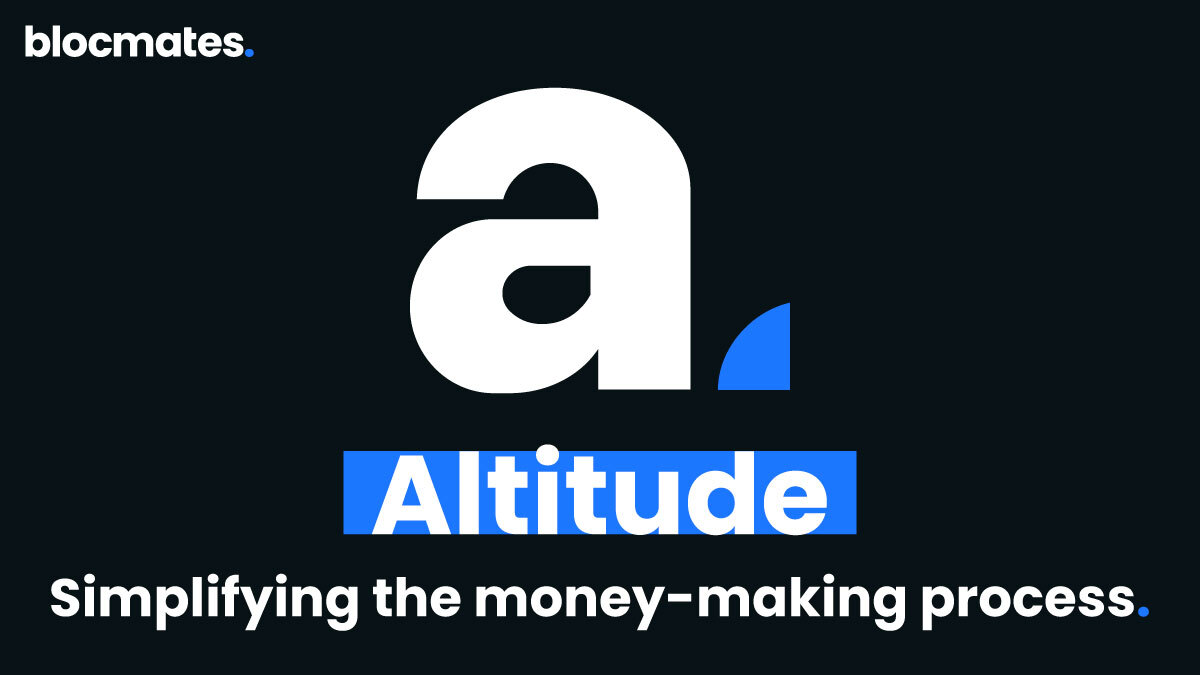
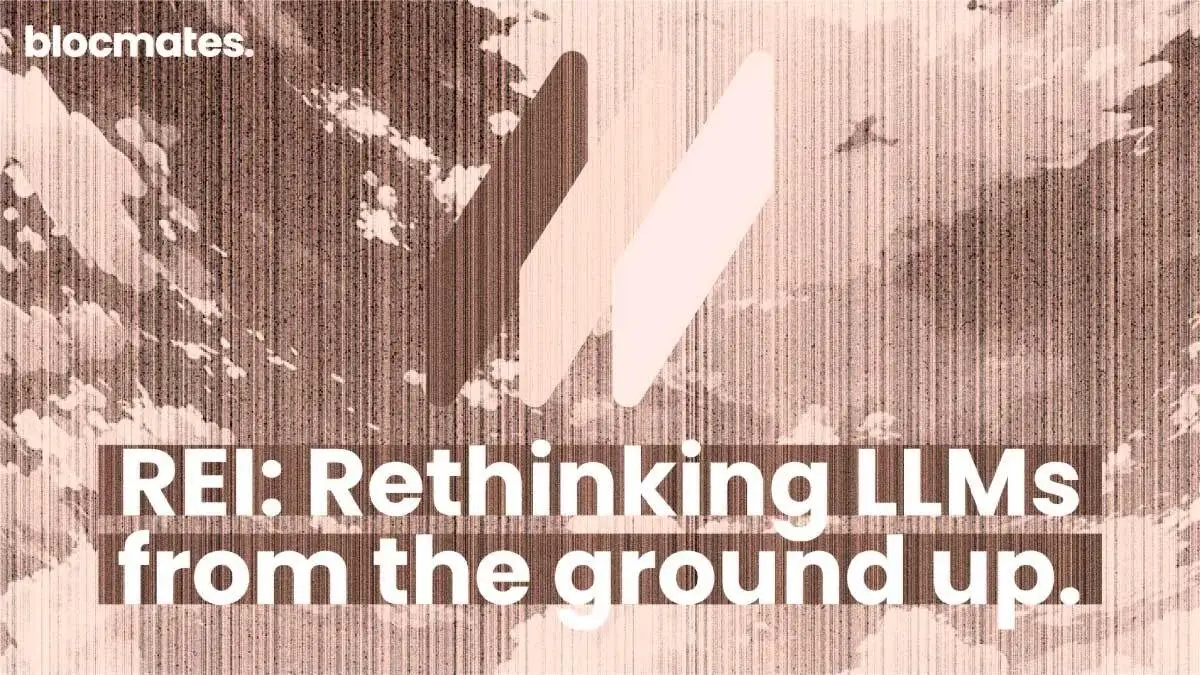
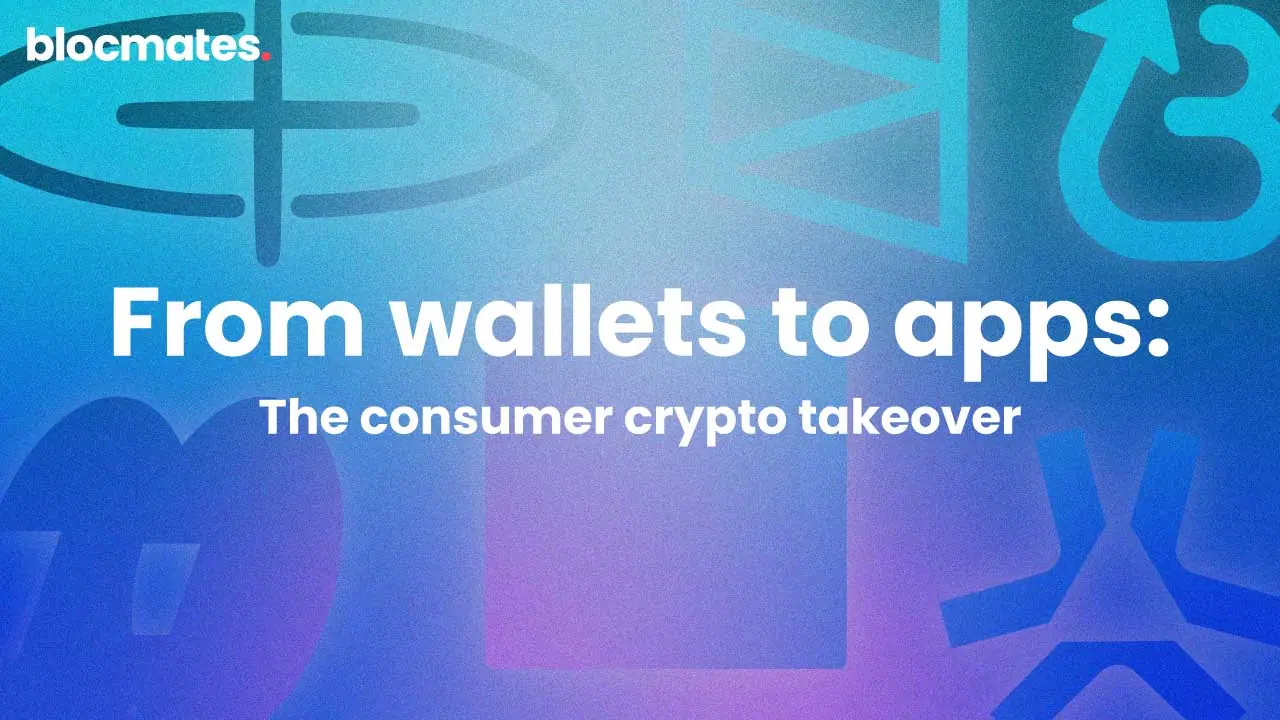
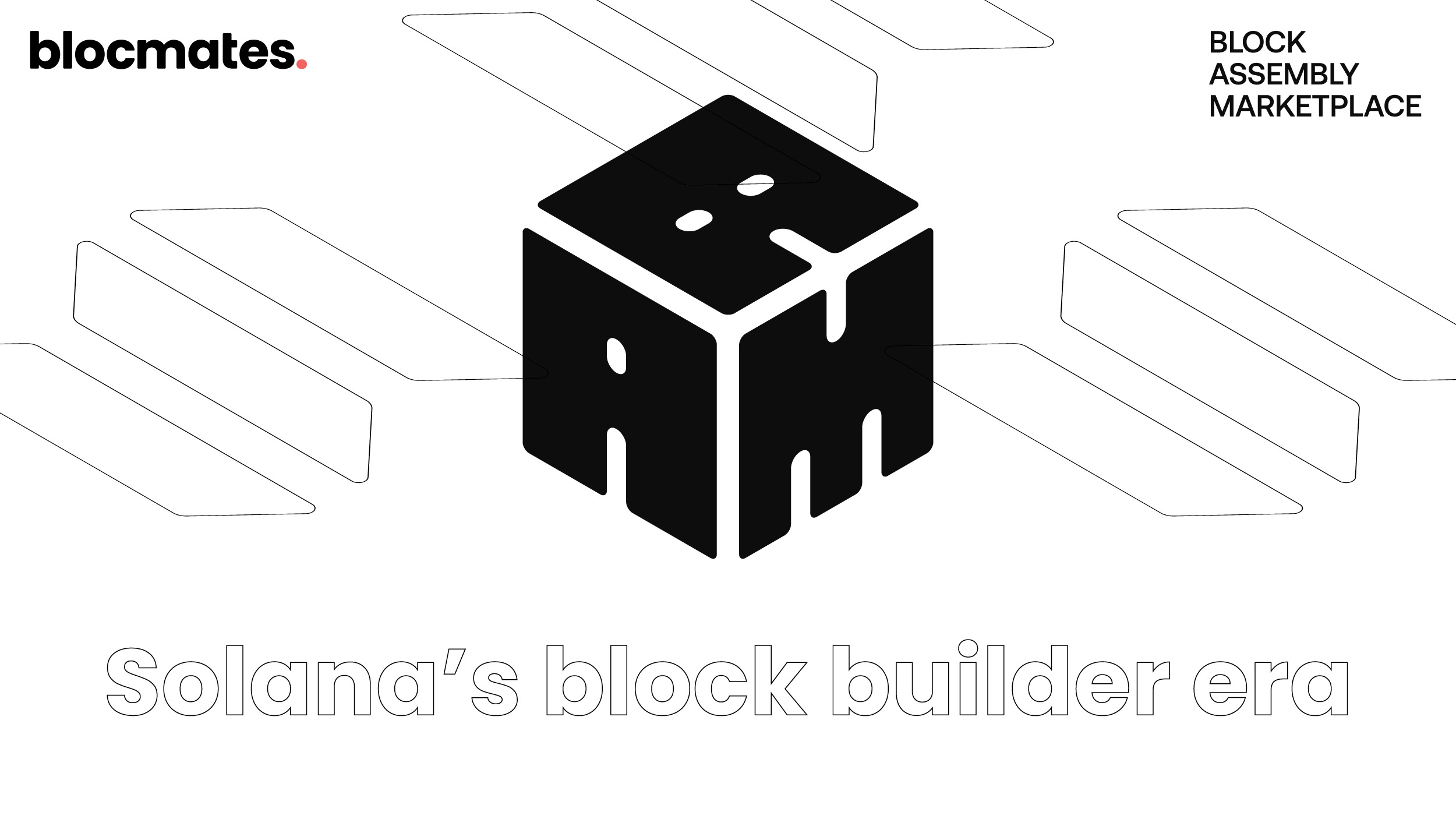

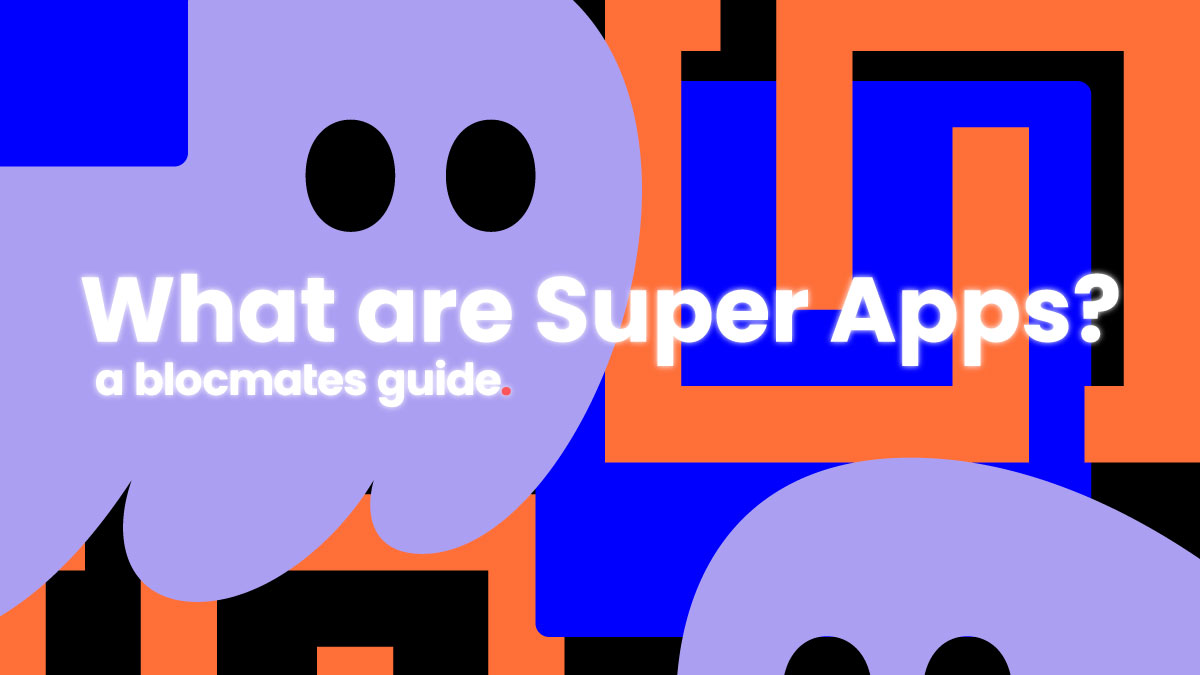
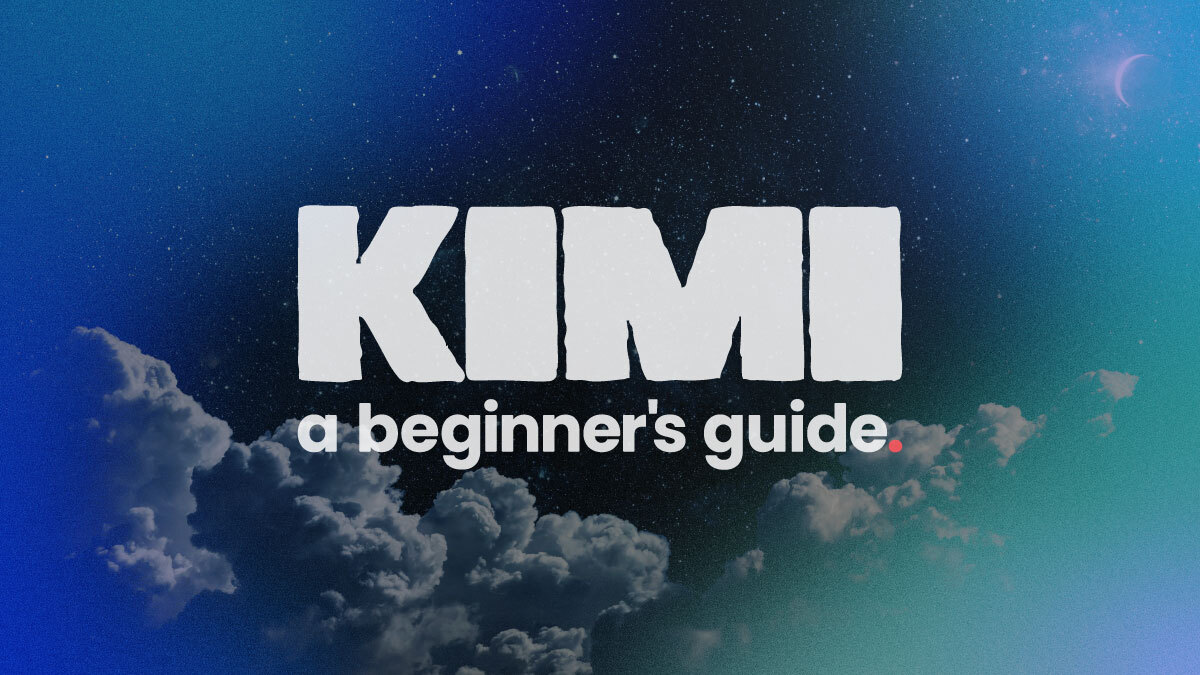
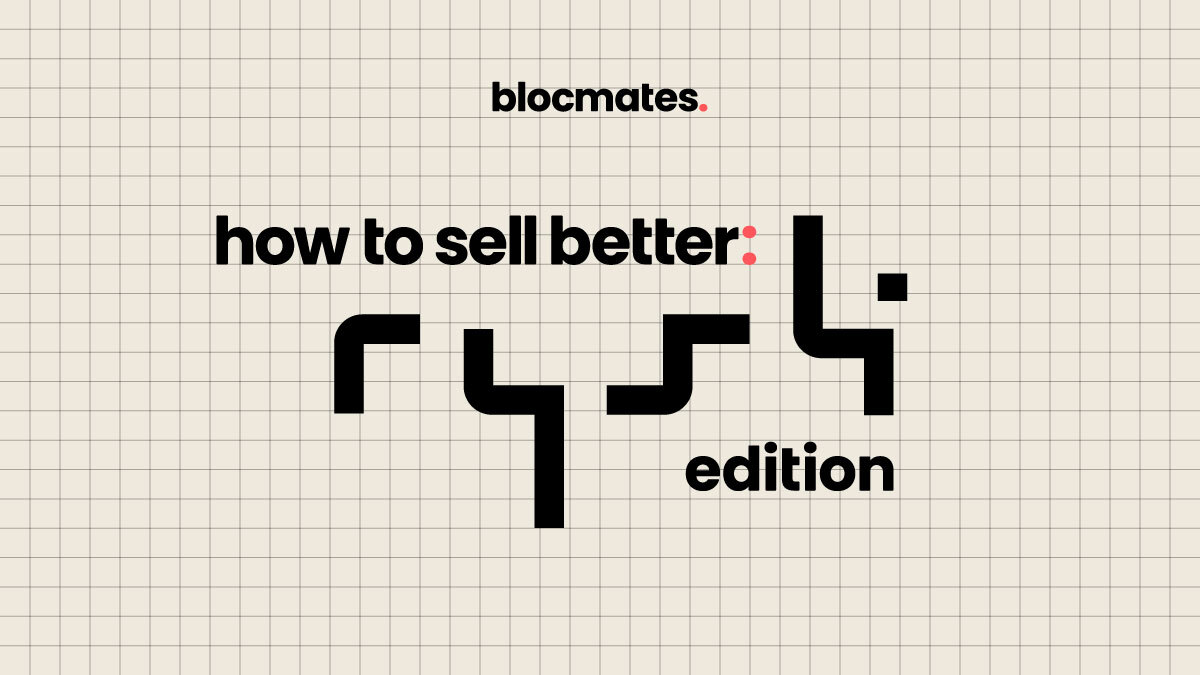
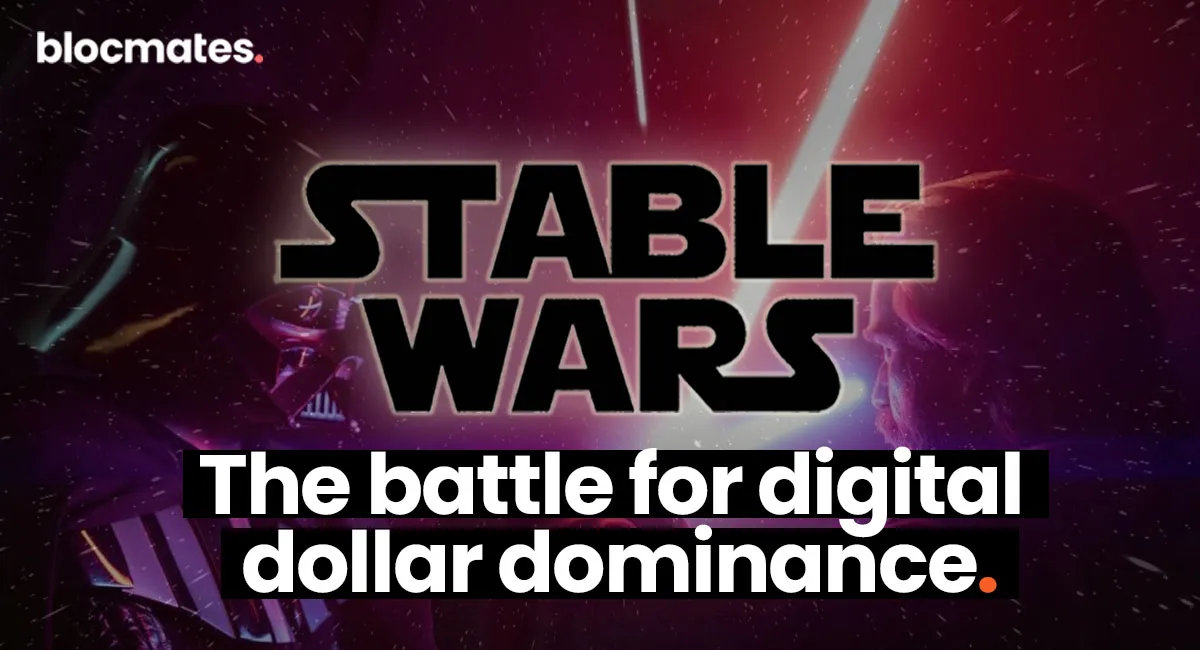






















%202.webp)


.webp)

.webp)
.webp)
.webp)


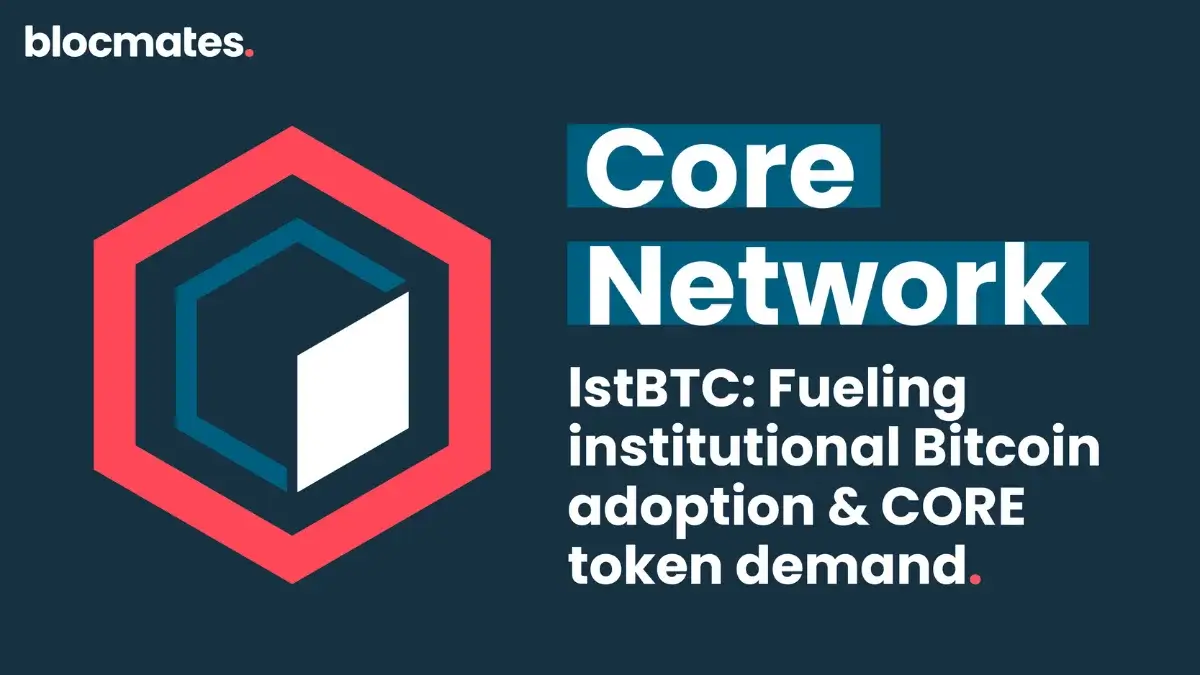
.webp)












%20the%20Next%20Big%20Unlock%20in%20AI.webp)





.webp)
.webp)
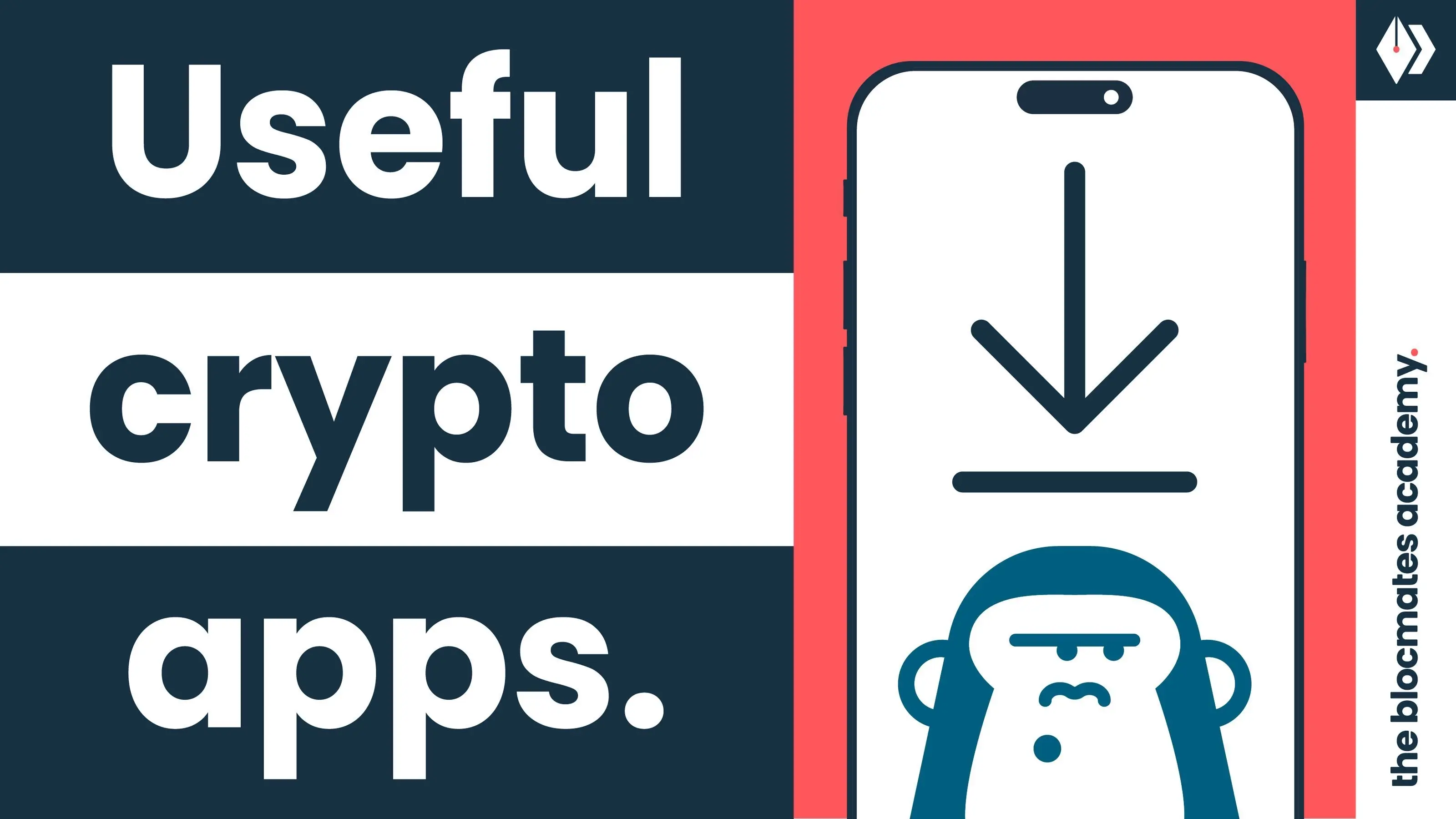
.webp)
.webp)
.webp)


.webp)
.webp)










.webp)


.webp)






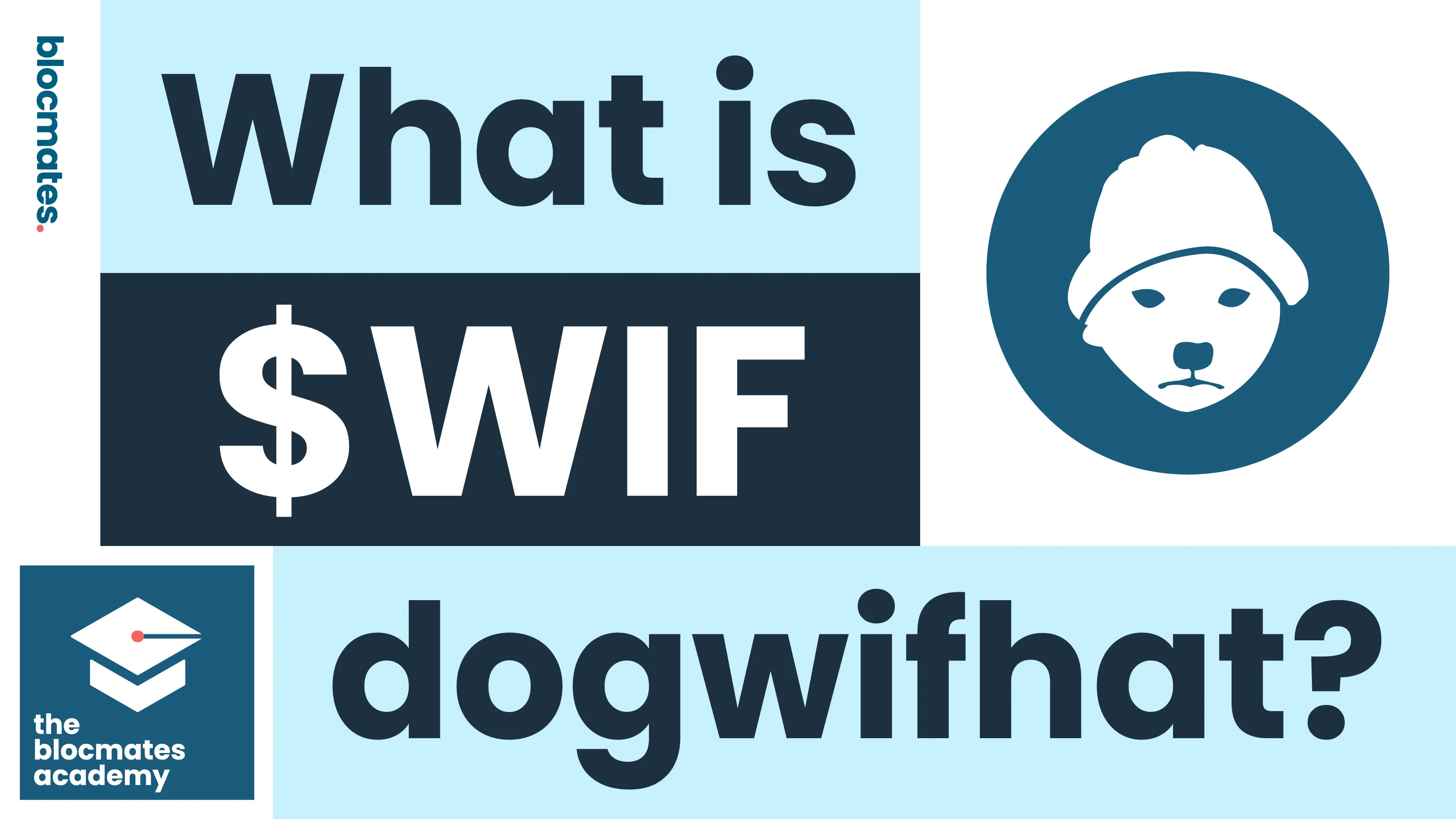


.webp)







.webp)
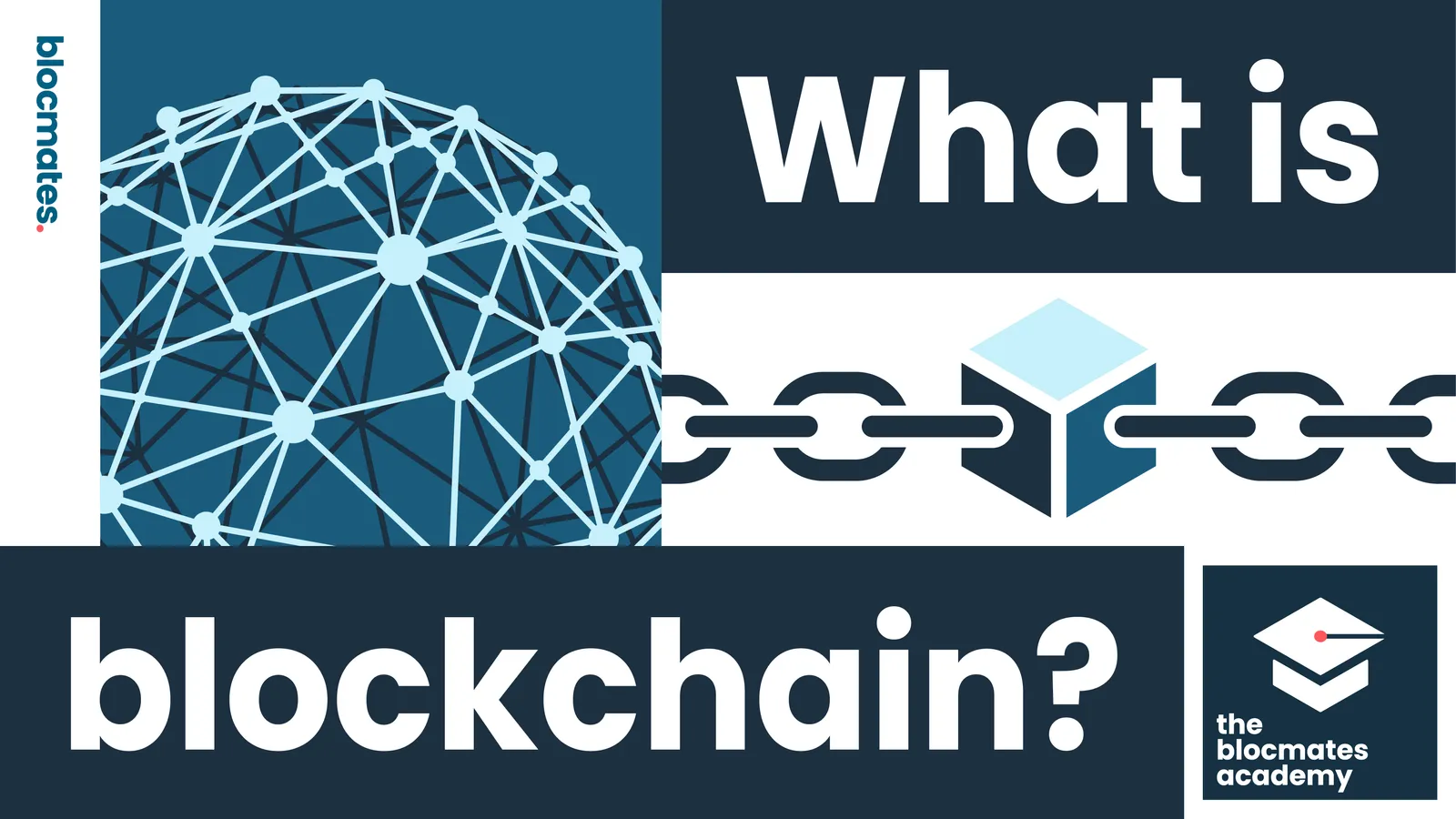



.webp)








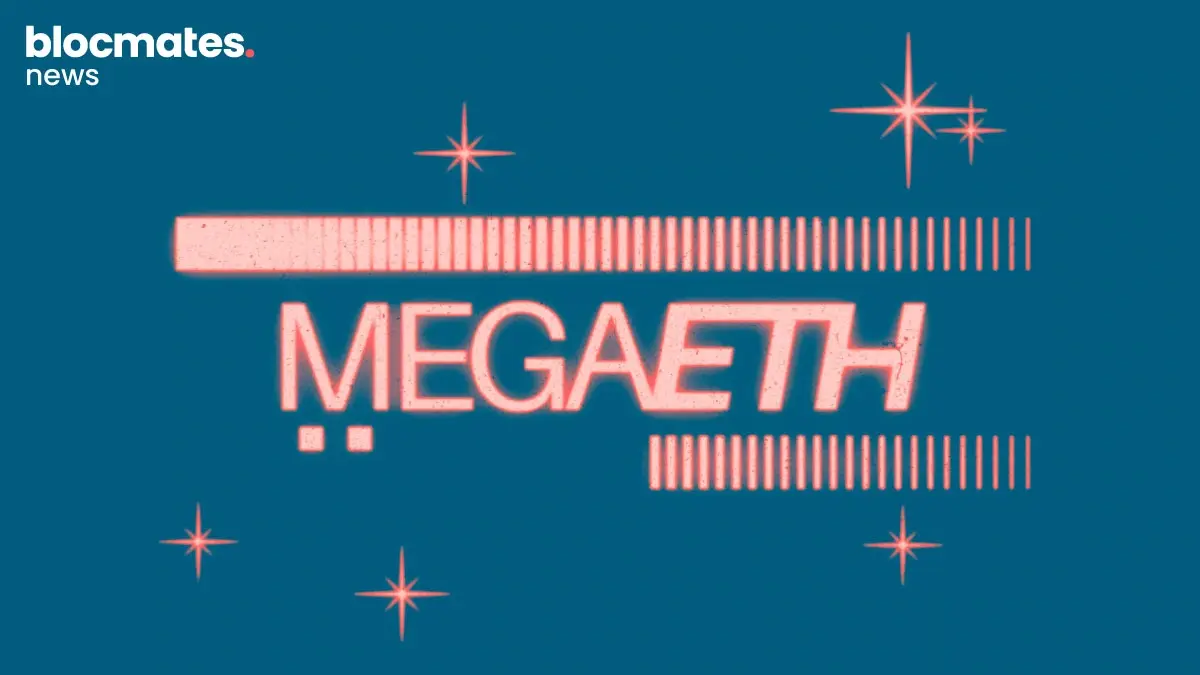




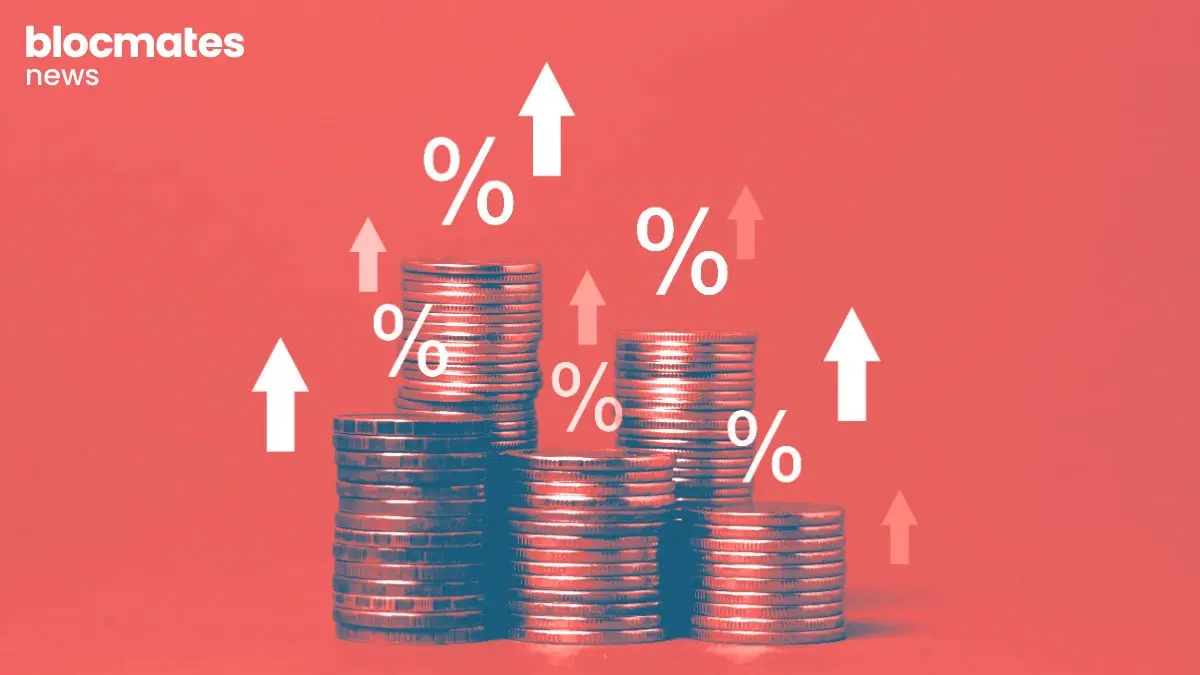



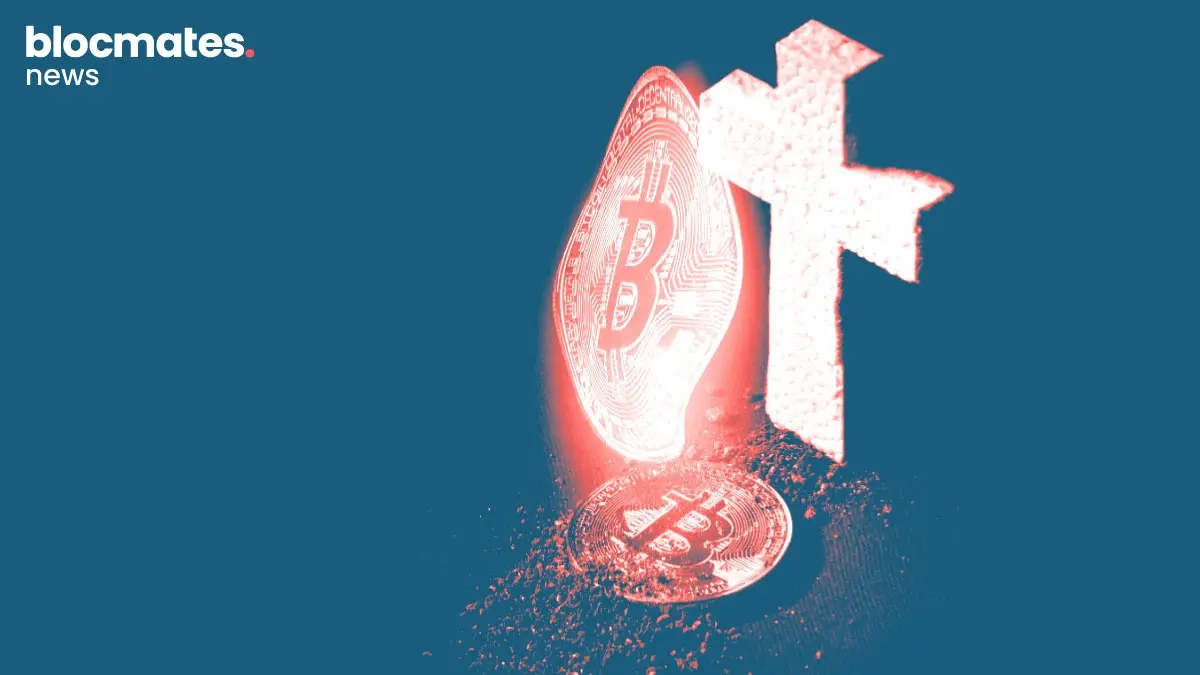



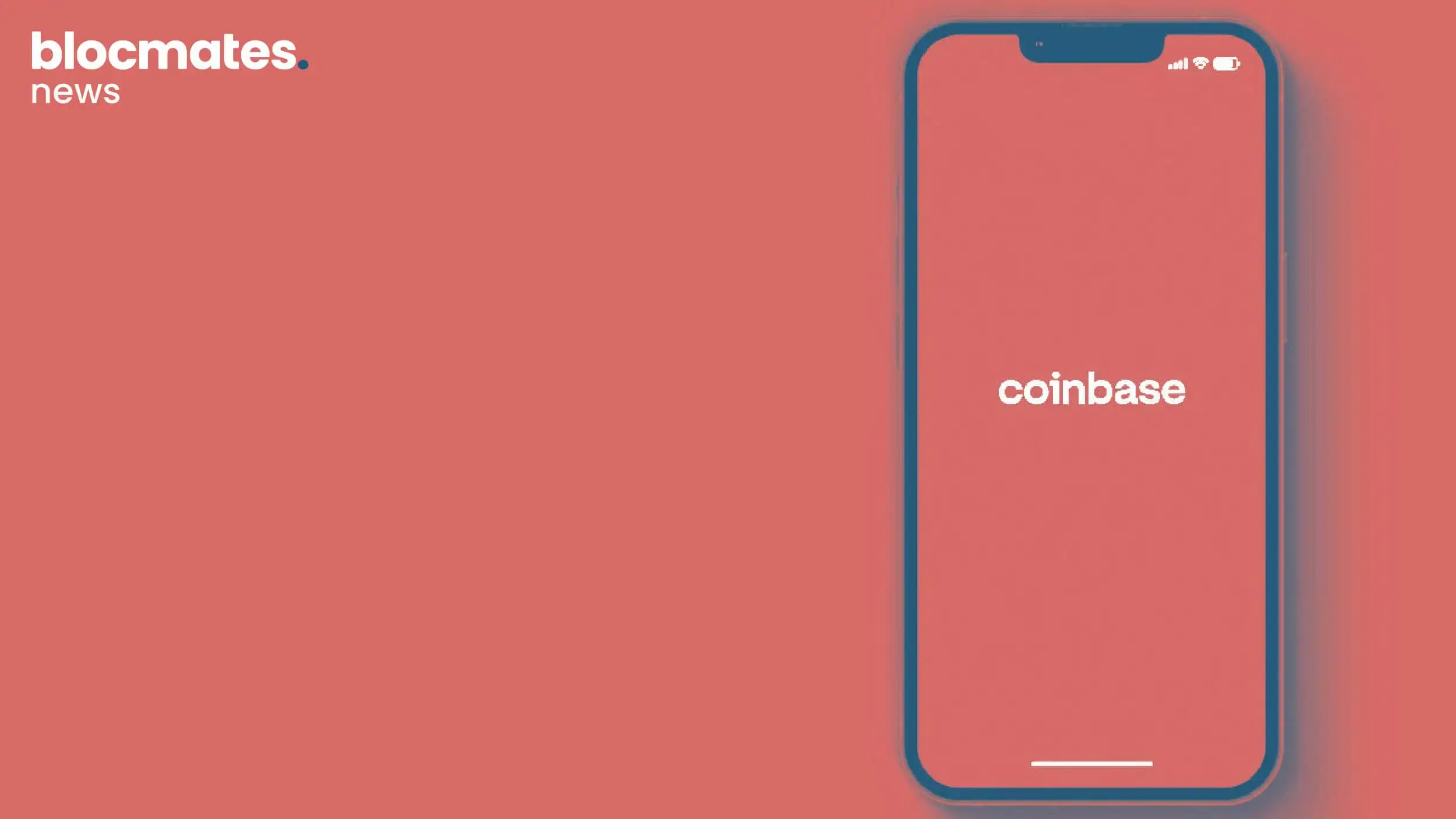
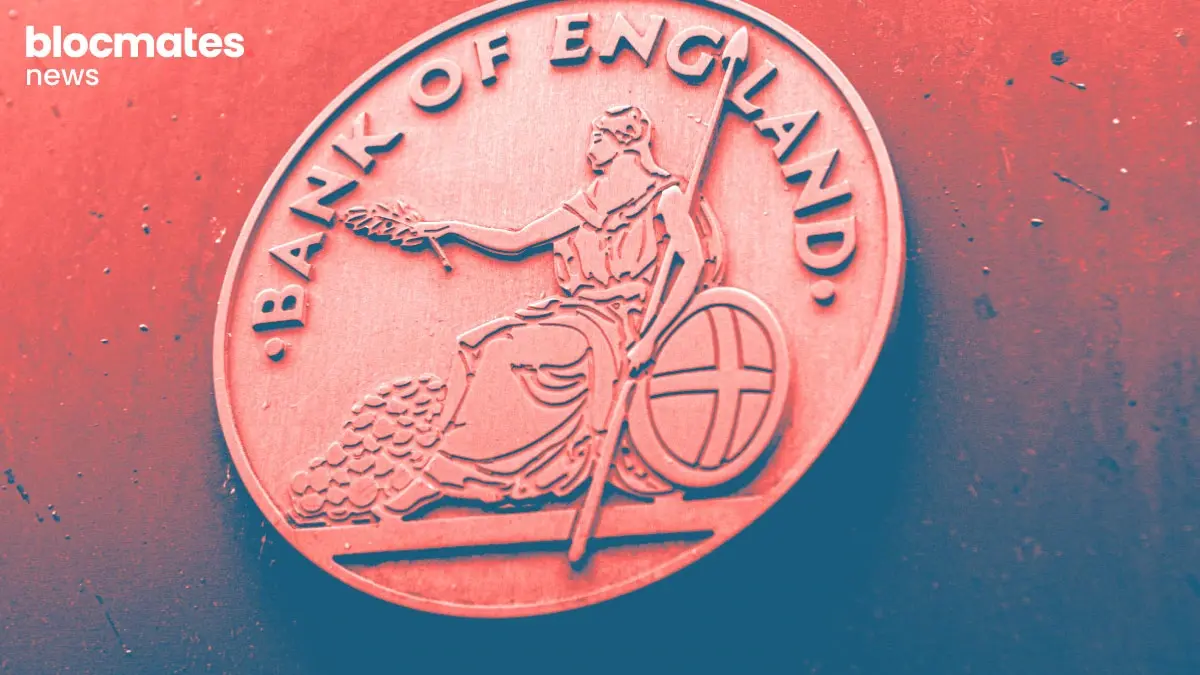
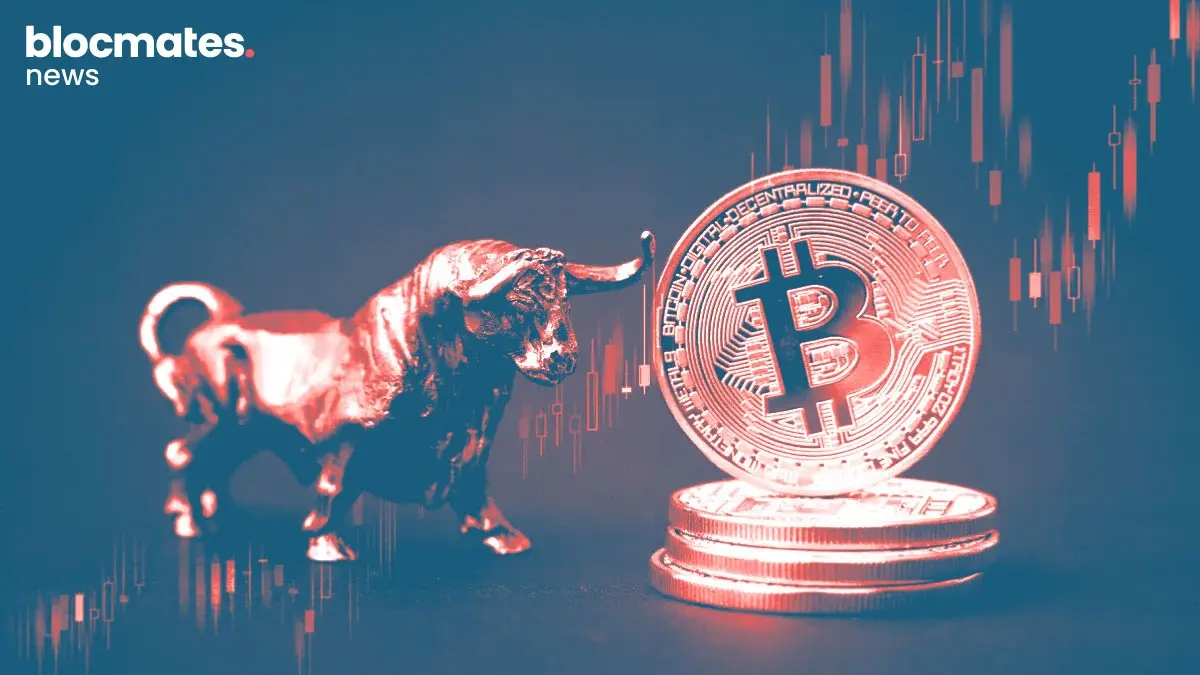

.webp)
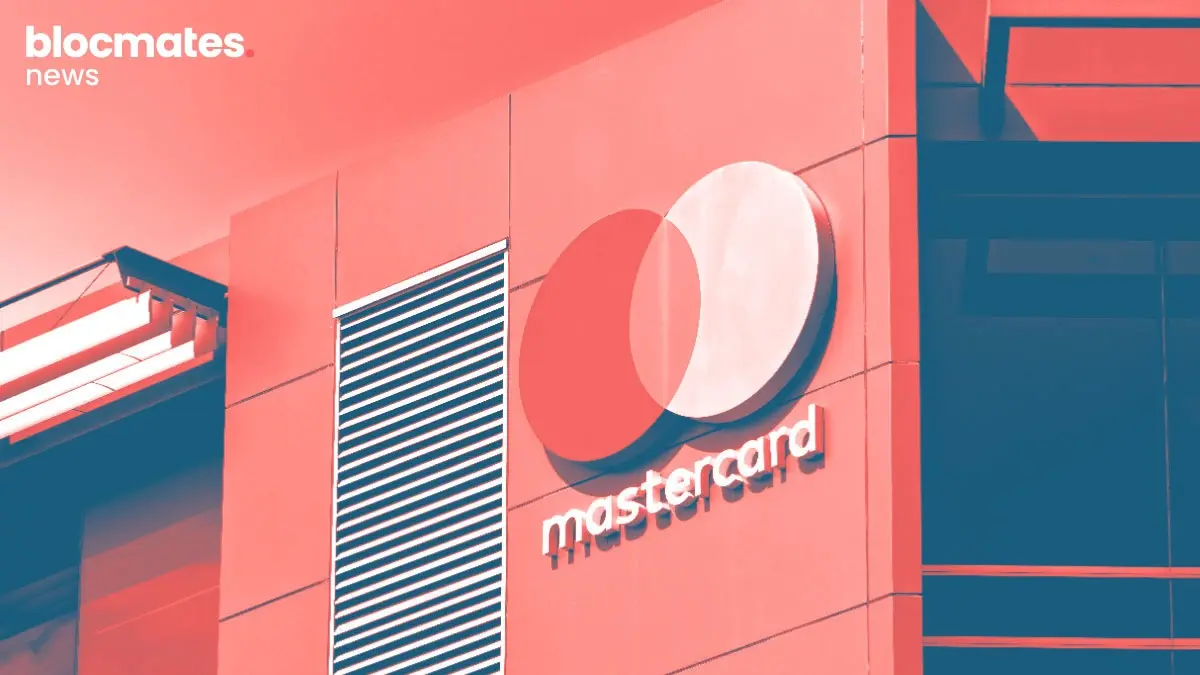




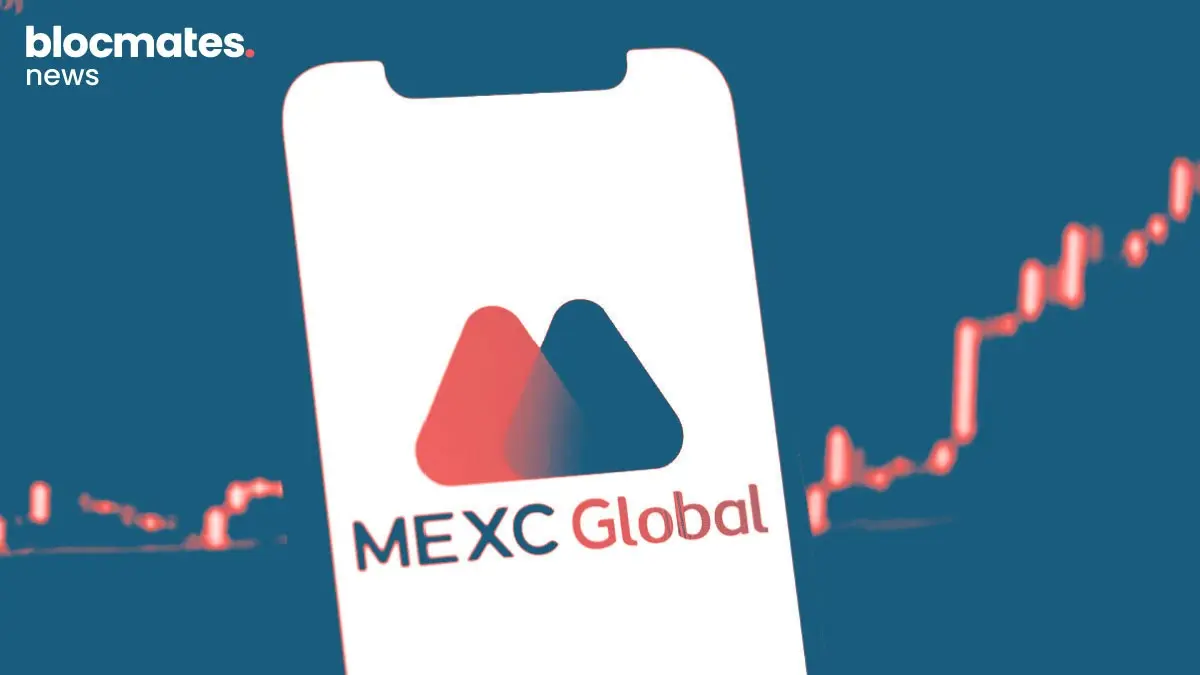

.webp)
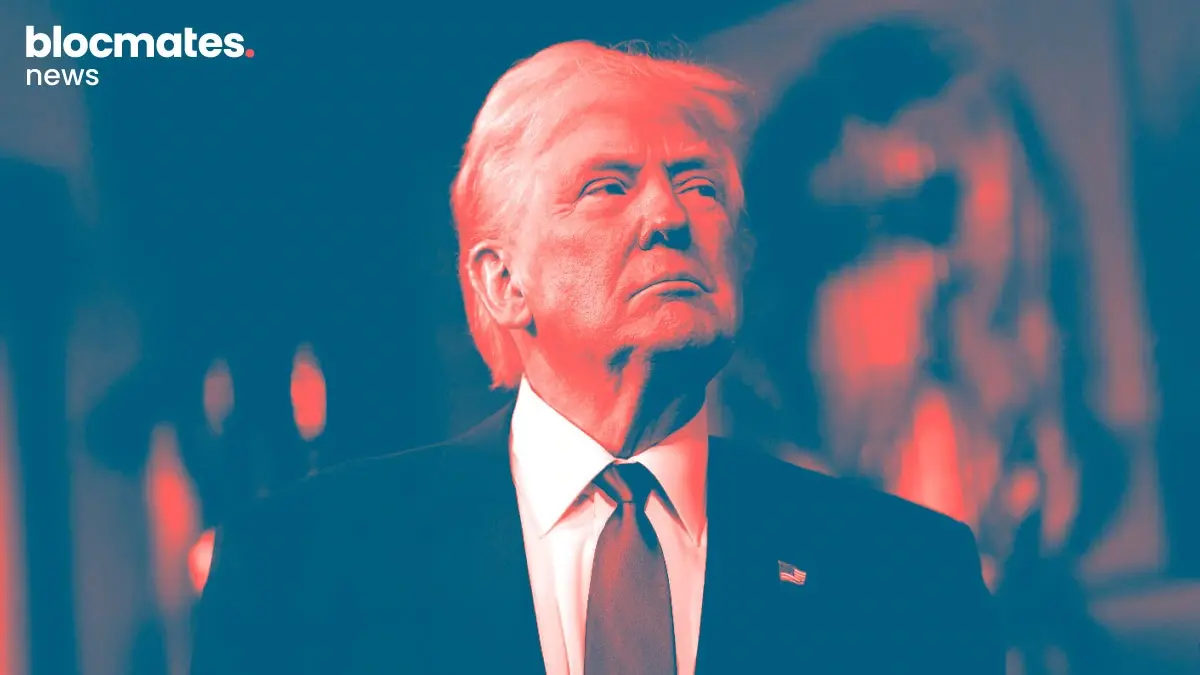


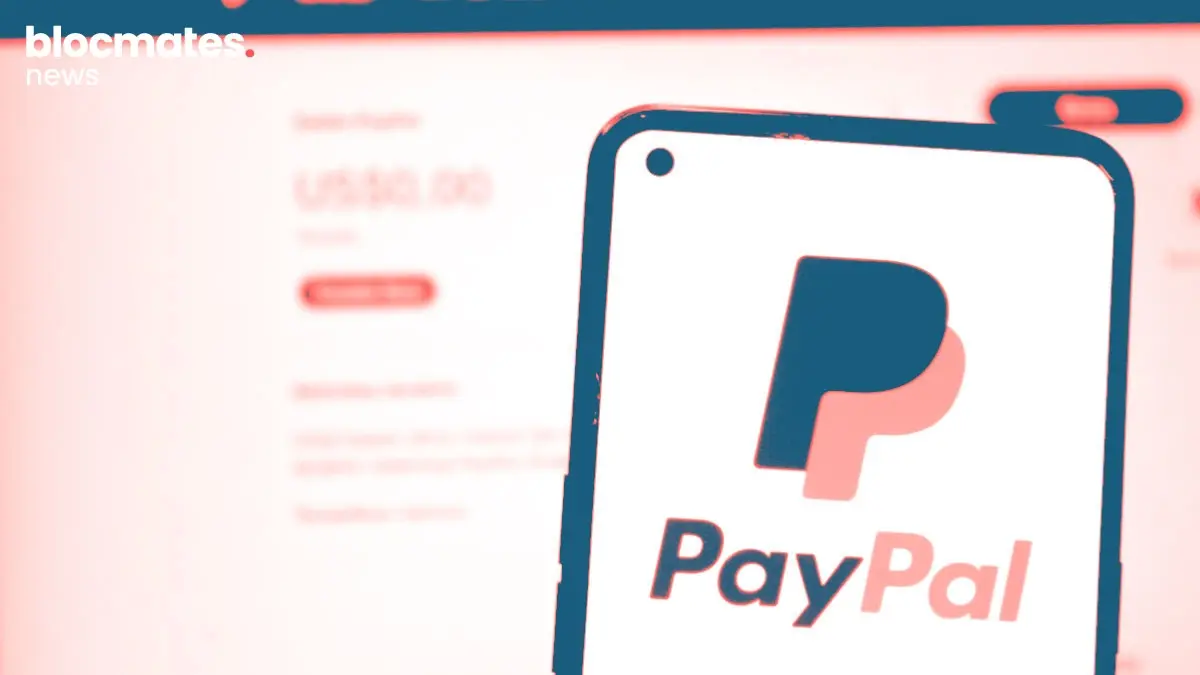

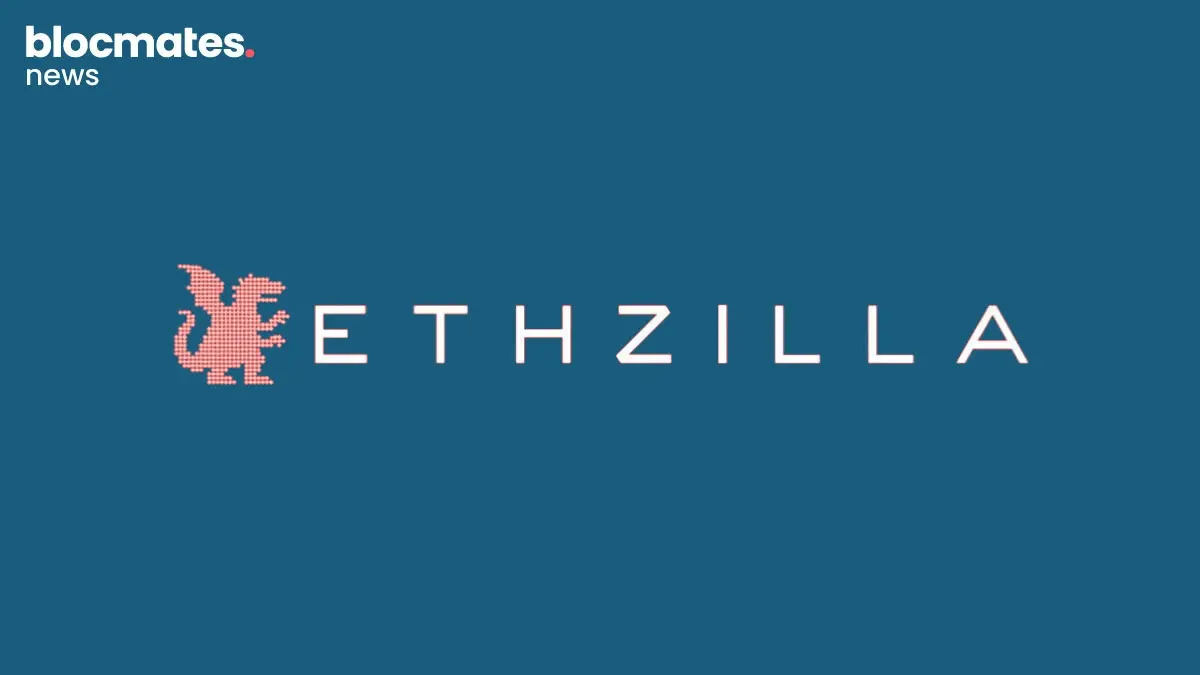
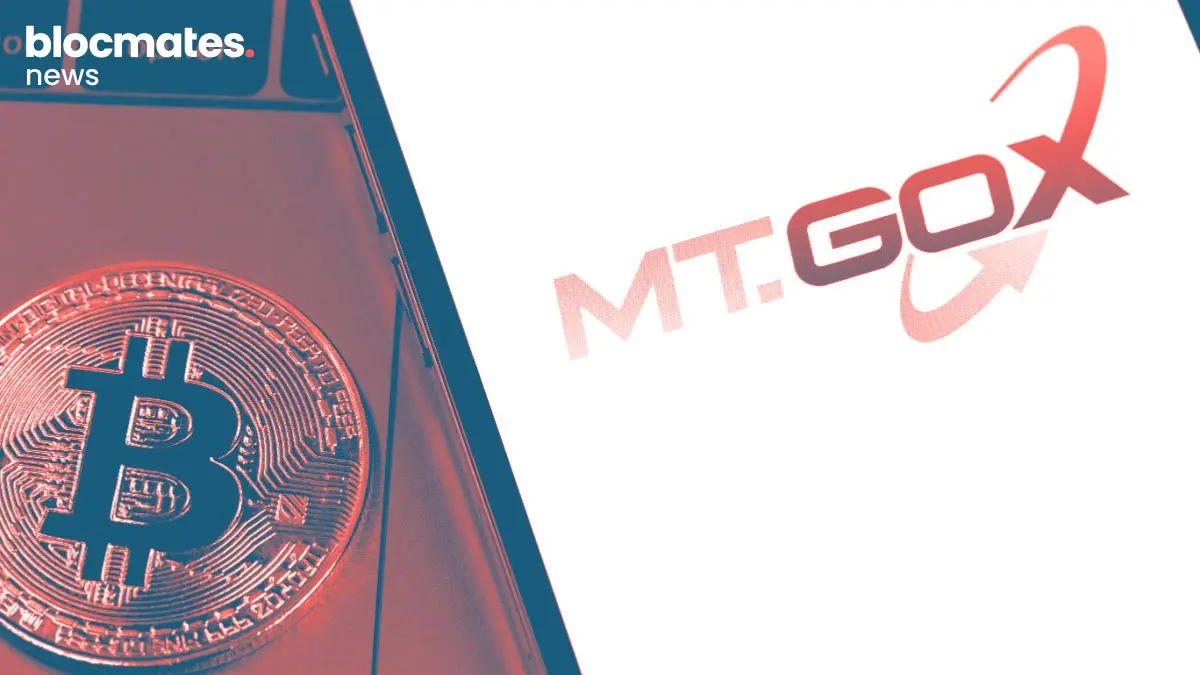
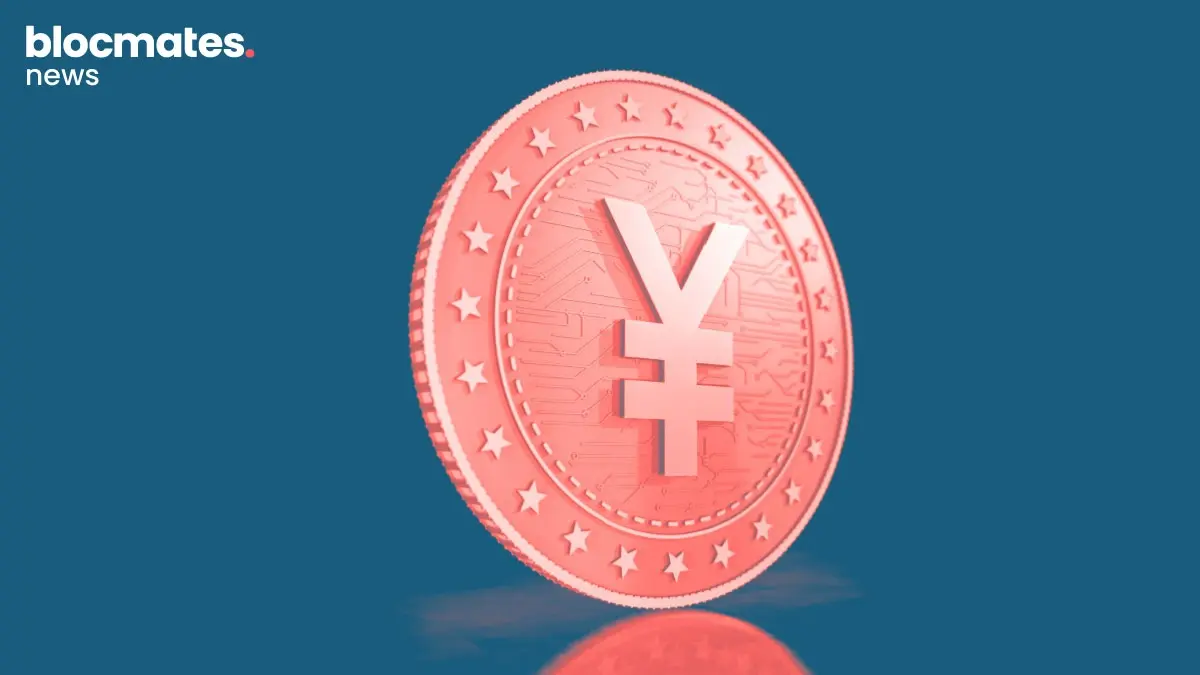



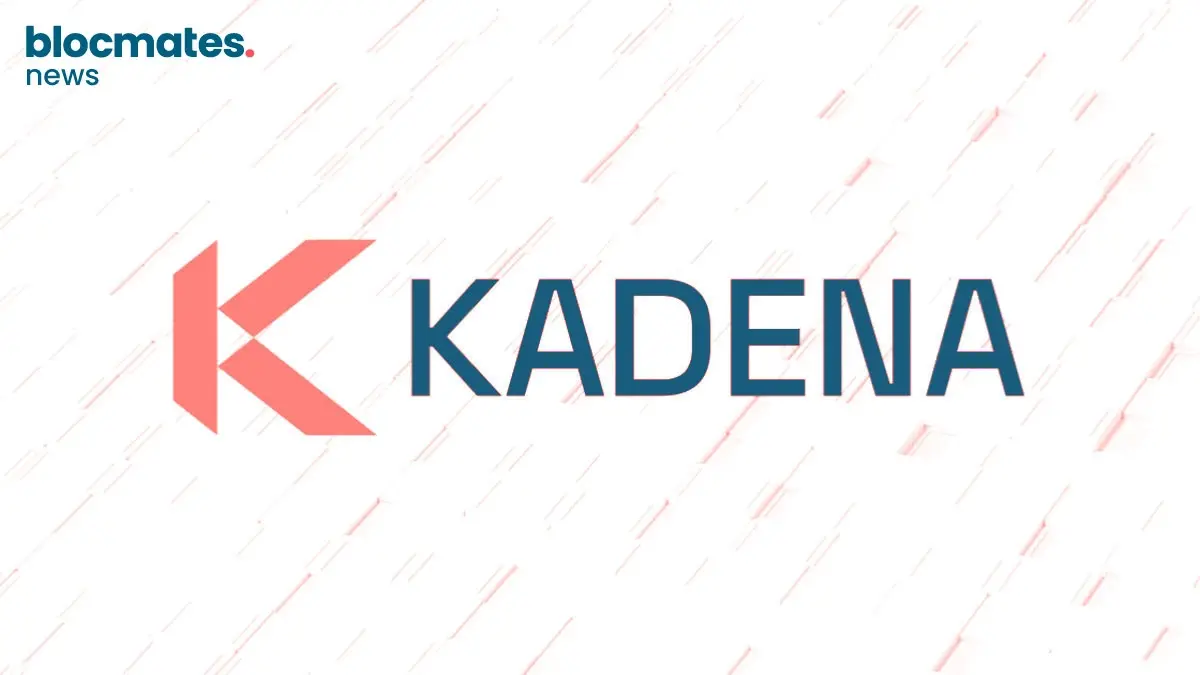

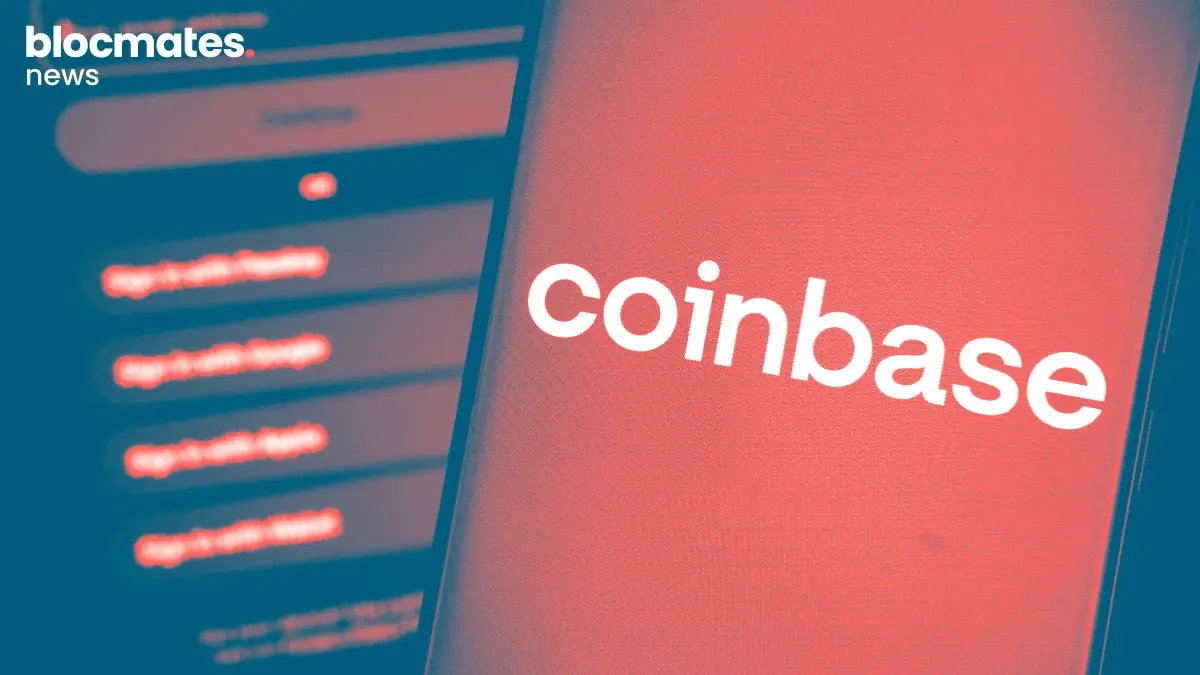
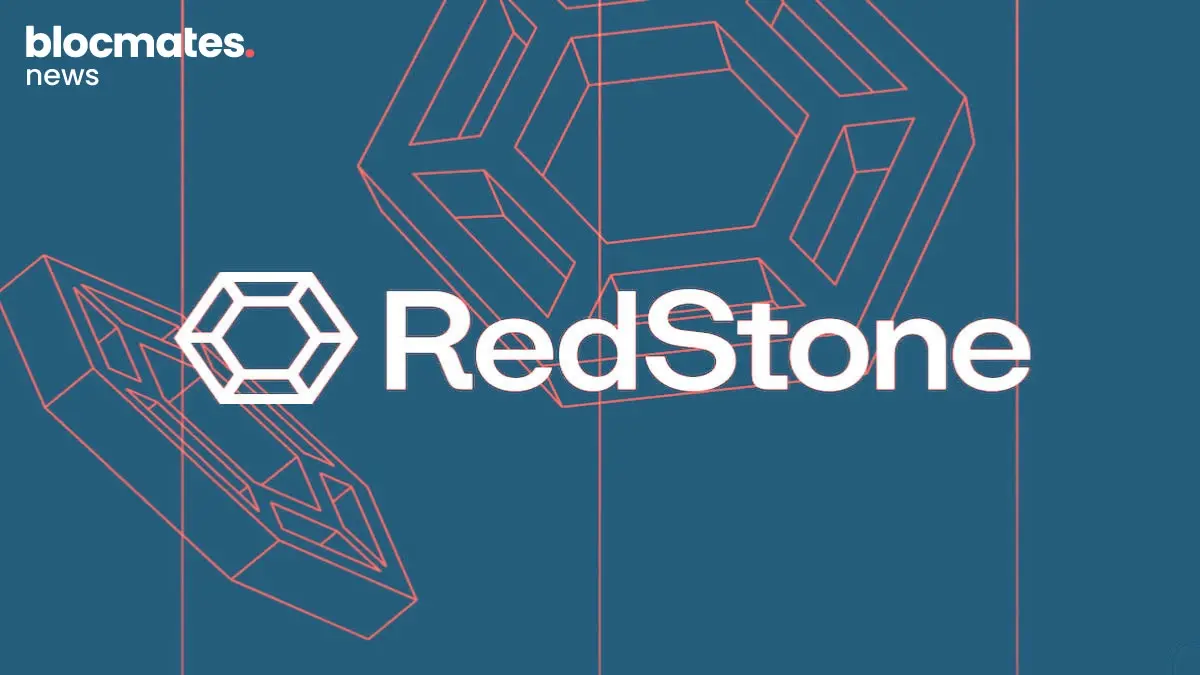
.webp)

.webp)
.webp)

.webp)


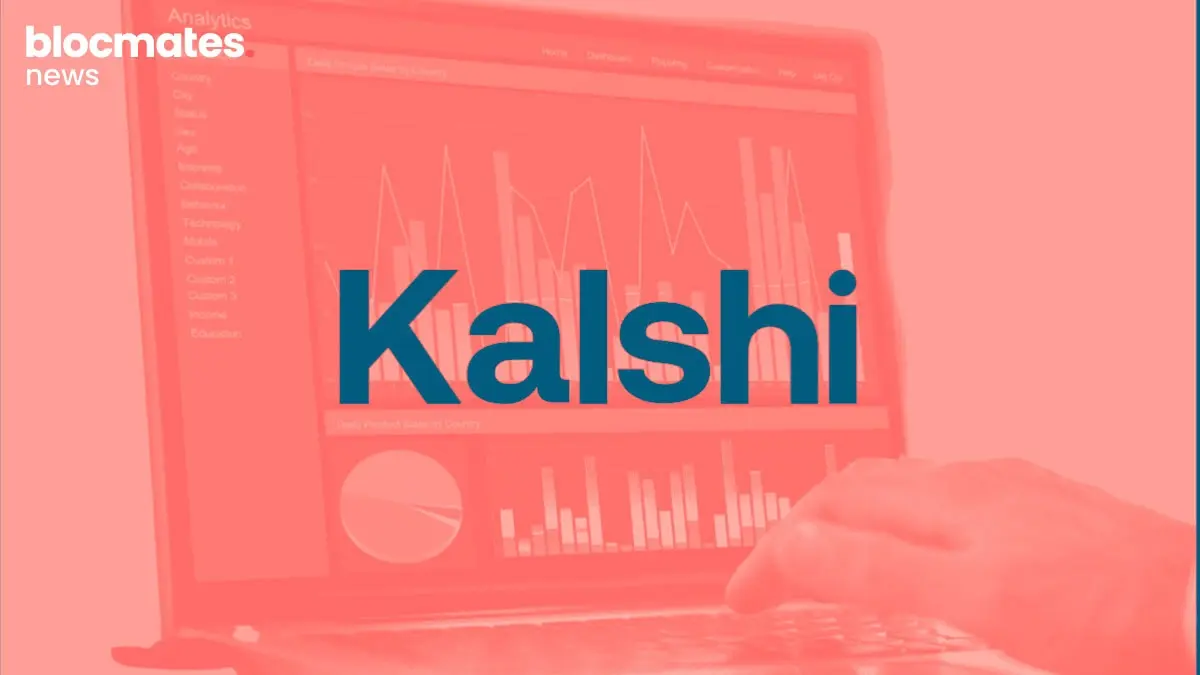



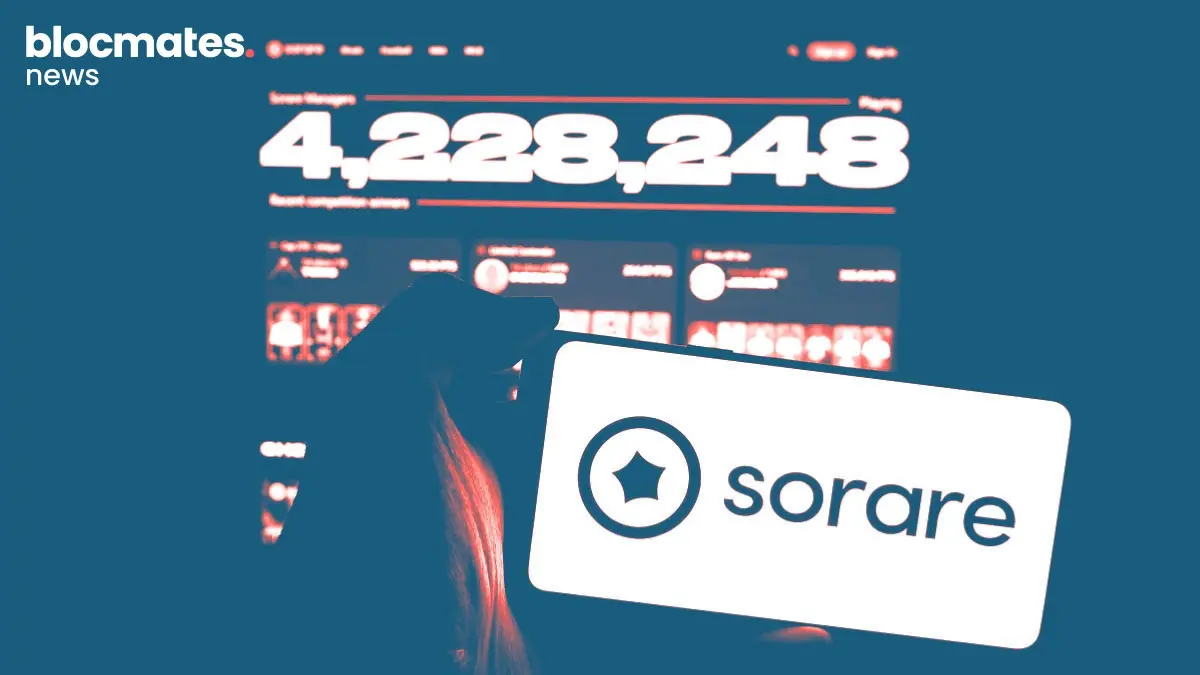


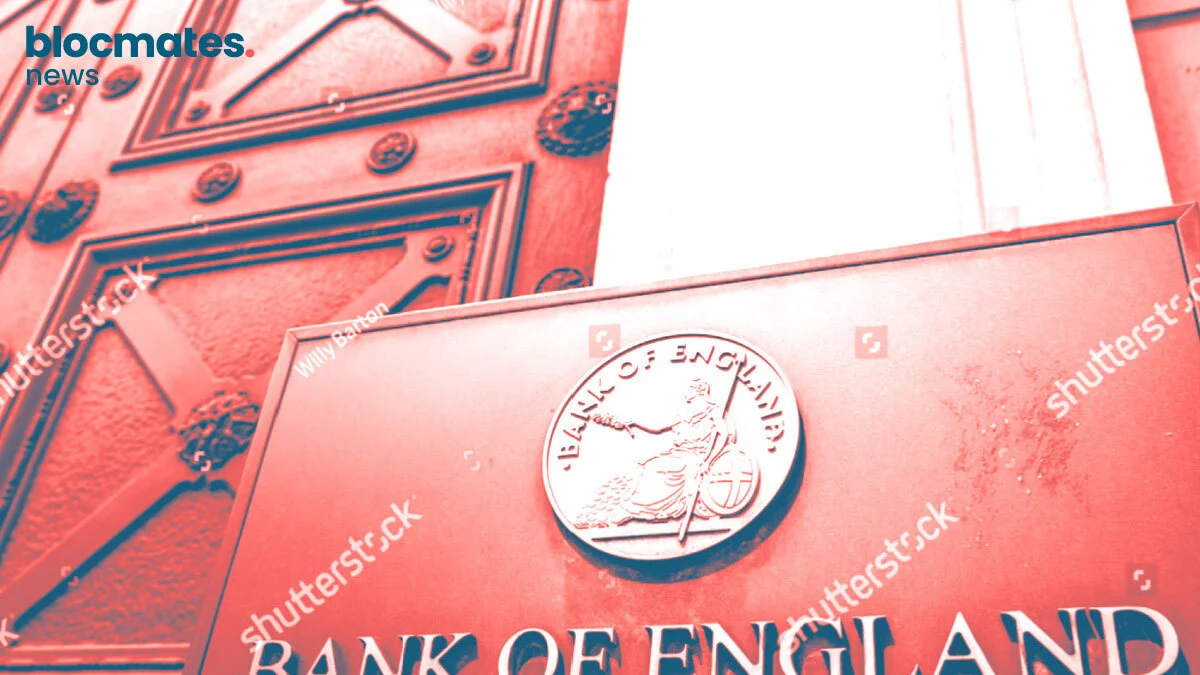

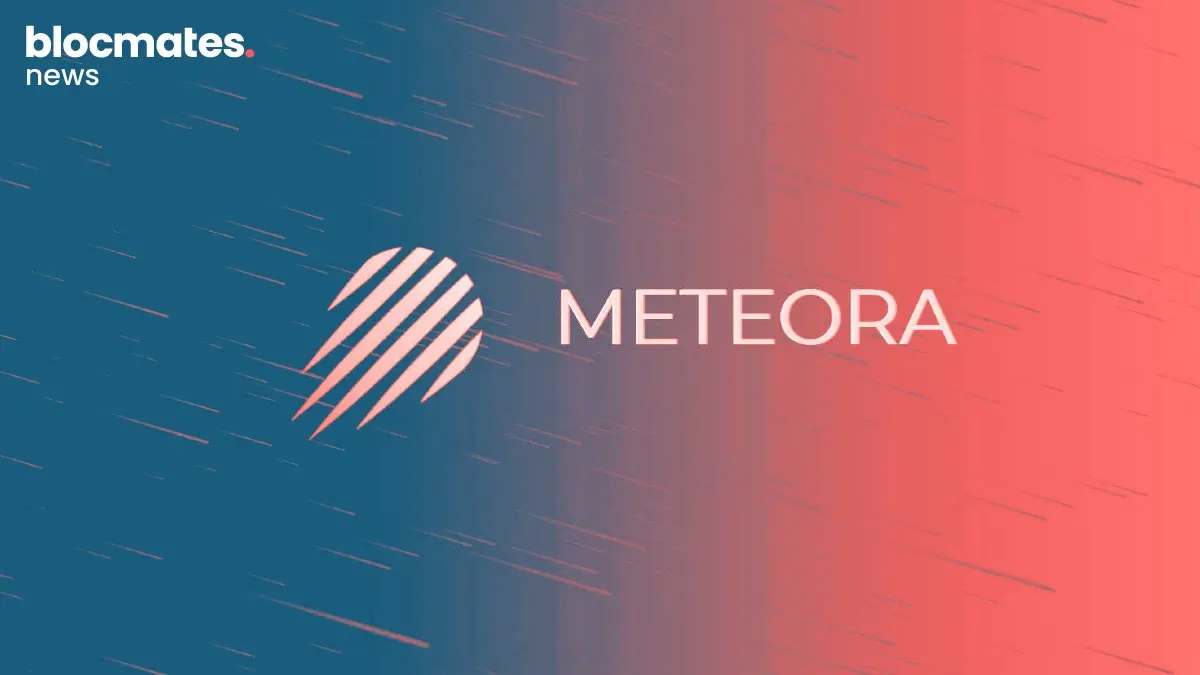
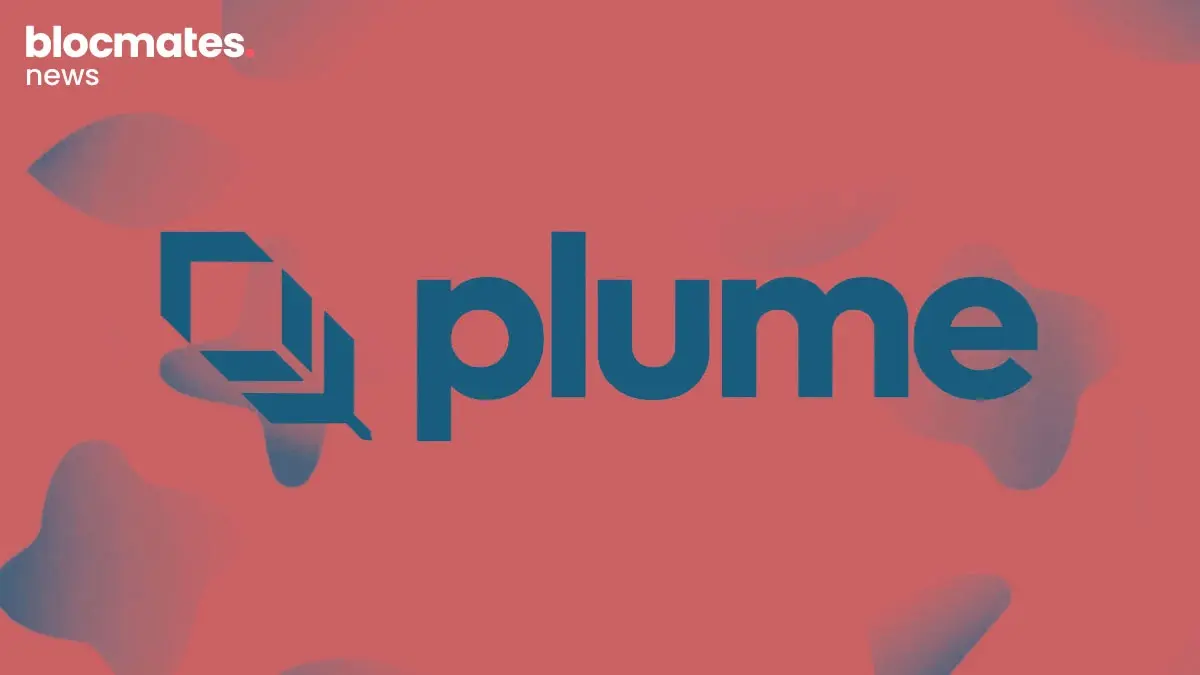

.webp)
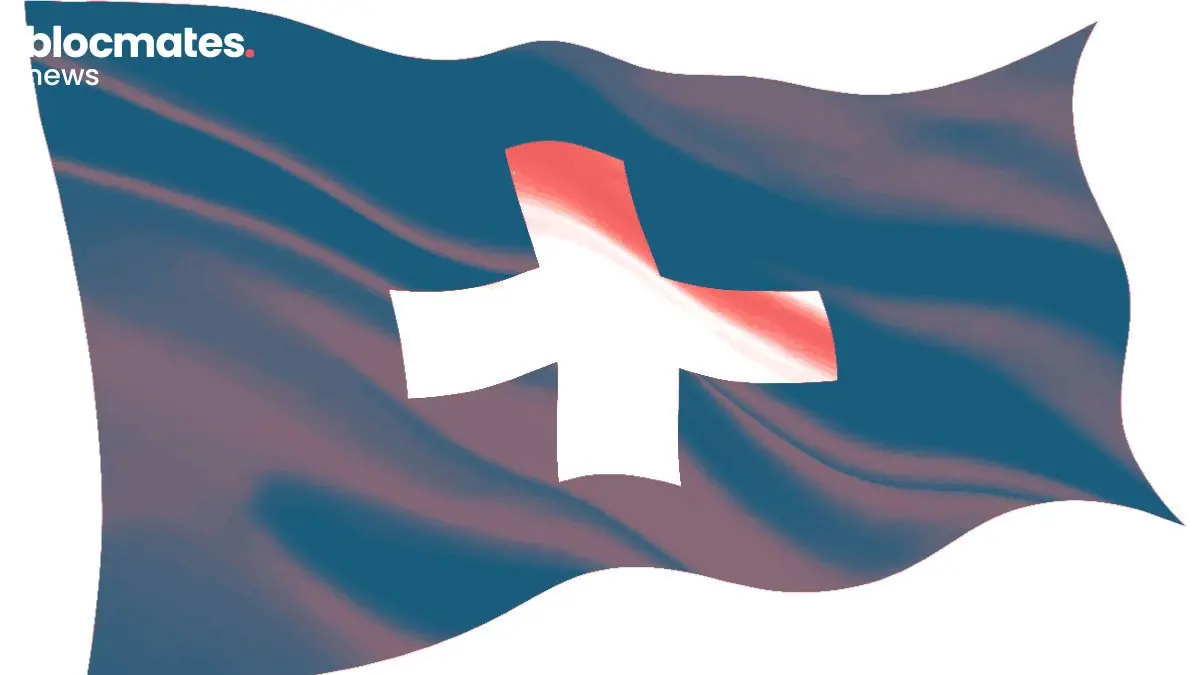
.webp)


.webp)



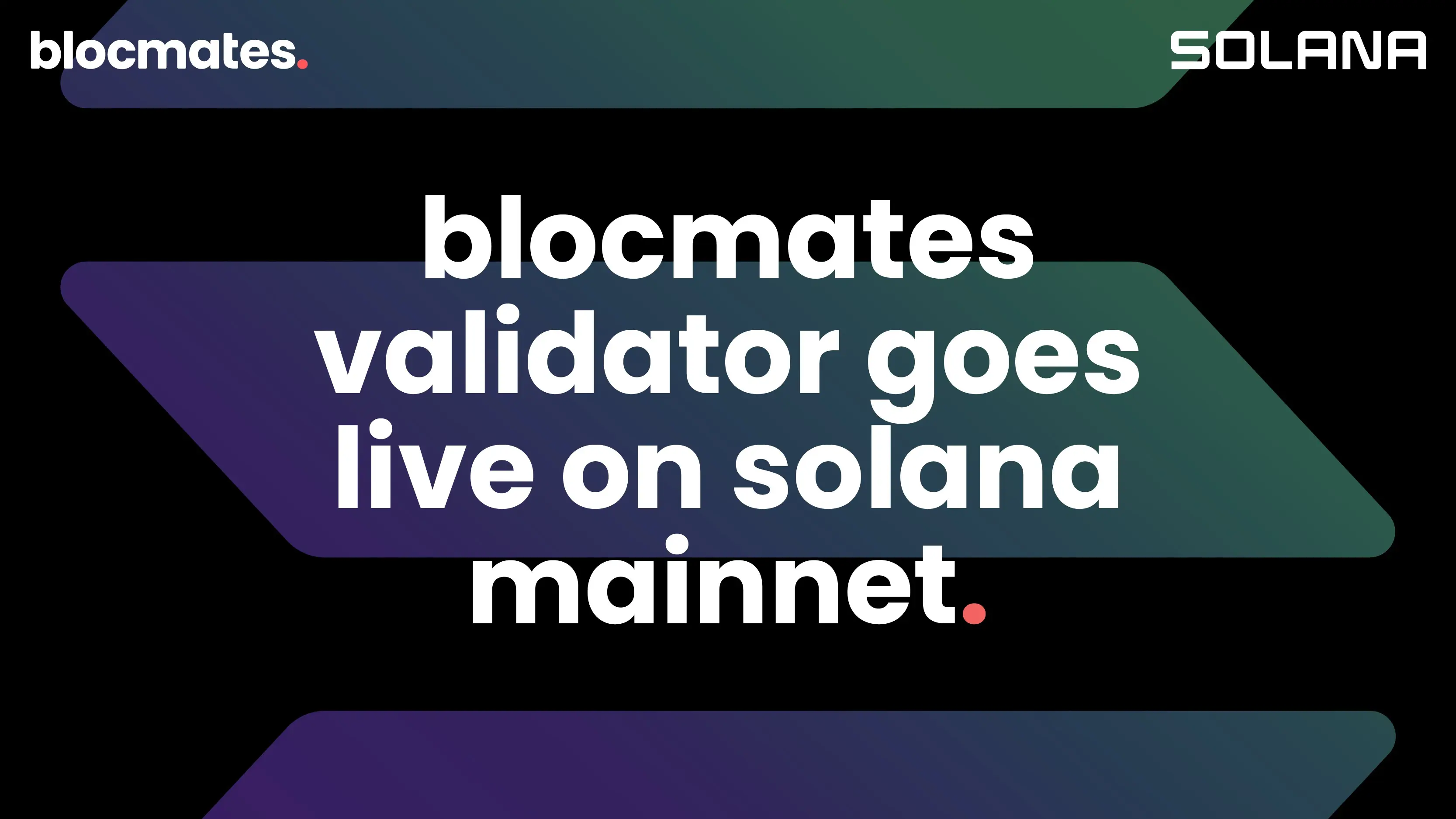

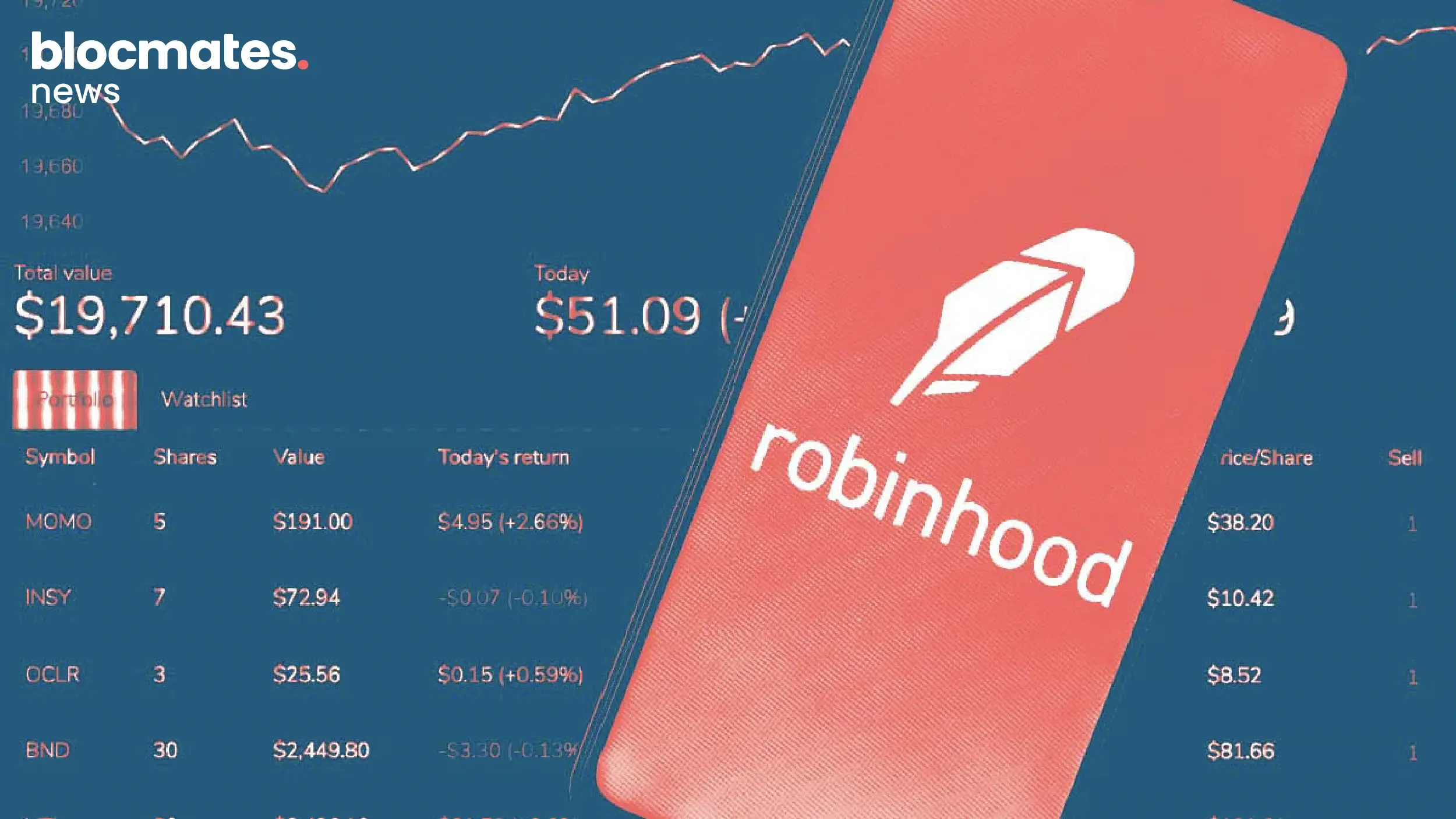


.webp)
